
DOCUMENTARY
“Sharing dedication, challenges, behind the scenes and
success stories of wildlife conservation.
Let’s collaborate and make a difference together”
“Sharing dedication, challenges, success stories and behind the scenes of wildlife conservation”
I help tell the untold stories of wildlife conservation — sharing the challenges, successes and behind-the-scenes moments that make each project meaningful.
Whether you are a conservationist, veterinarian, wildlife reserve, rescue center, sanctuary, or media outlet, I collaborate to provide compelling photography and videography that brings your work to life. Images speak louder than words, and when it comes to conservation, powerful visuals are vital to raise awareness, inspire support, and amplify your message.
With hands-on experience in animal care at zoos and wildlife sanctuaries, I’m not afraid to get my hands dirty. Being part of the project in the field helps me understand the story, connect with the animals, and capture authentic moments that truly reflect the work being done.
Additionally, I can help share your message with a large audience — my social media community of nearly 200,000 followers allows your story to reach people who care about wildlife and conservation.
If my work can make even a small positive difference in the lives of these animals, I would be deeply grateful. Together, we can create visuals that inspire action and make a real impact.
Below you can find a few examples of my work
Projects
Relocating cheetahs
A conservation success story
In South Africa, many wildlife reserves are fenced to protect animals, but this can prevent species like cheetahs from moving freely between protected areas. To maintain genetic diversity and build a healthy, strong population, relocation is sometimes necessary.
I had the privilege of documenting the relocation of four cheetahs to Karingani Private Game Reserve in Mozambique with the Endangered Wildlife Trust. Two males, originally from Phinda Private Game Reserve and temporarily housed at Roam Private Game Reserve, and two females from Dinokeng Private Game Reserve, were carefully moved to their new home.
This incredible effort was only possible through collaboration between multiple conservation organizations, and capturing these moments showed me firsthand the dedication and teamwork required to protect these amazing big cats.
“Collaboration in action for conservation”


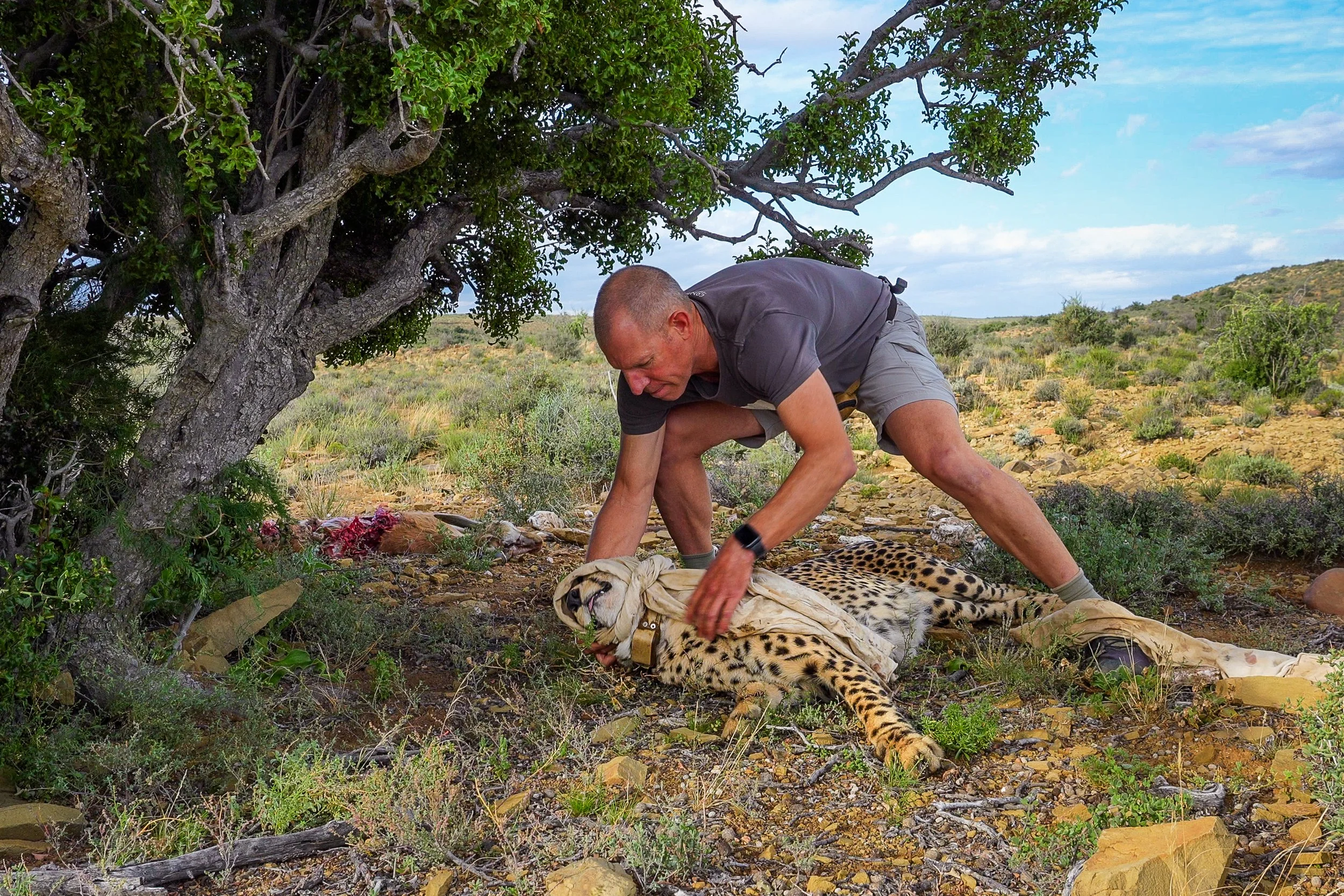
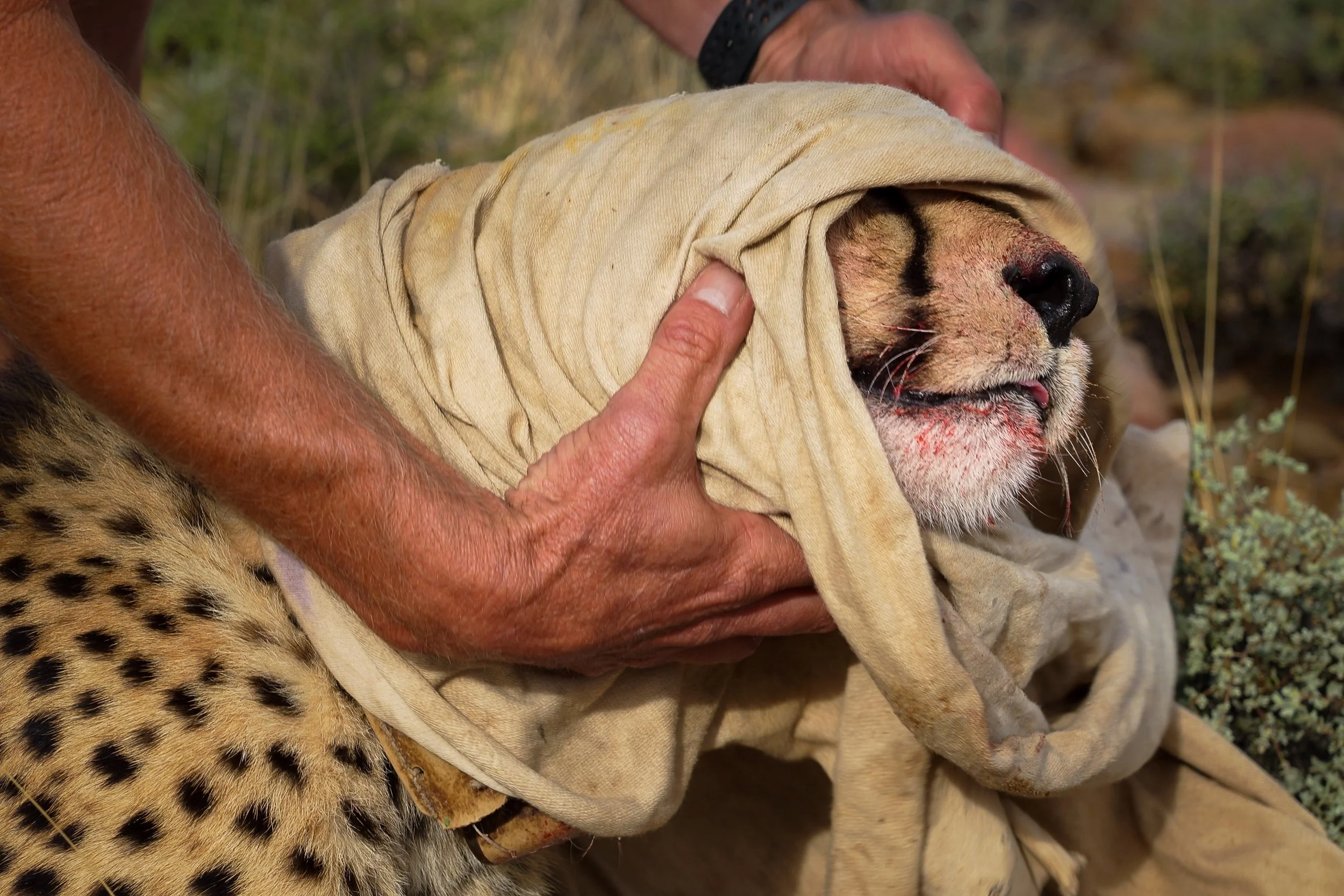
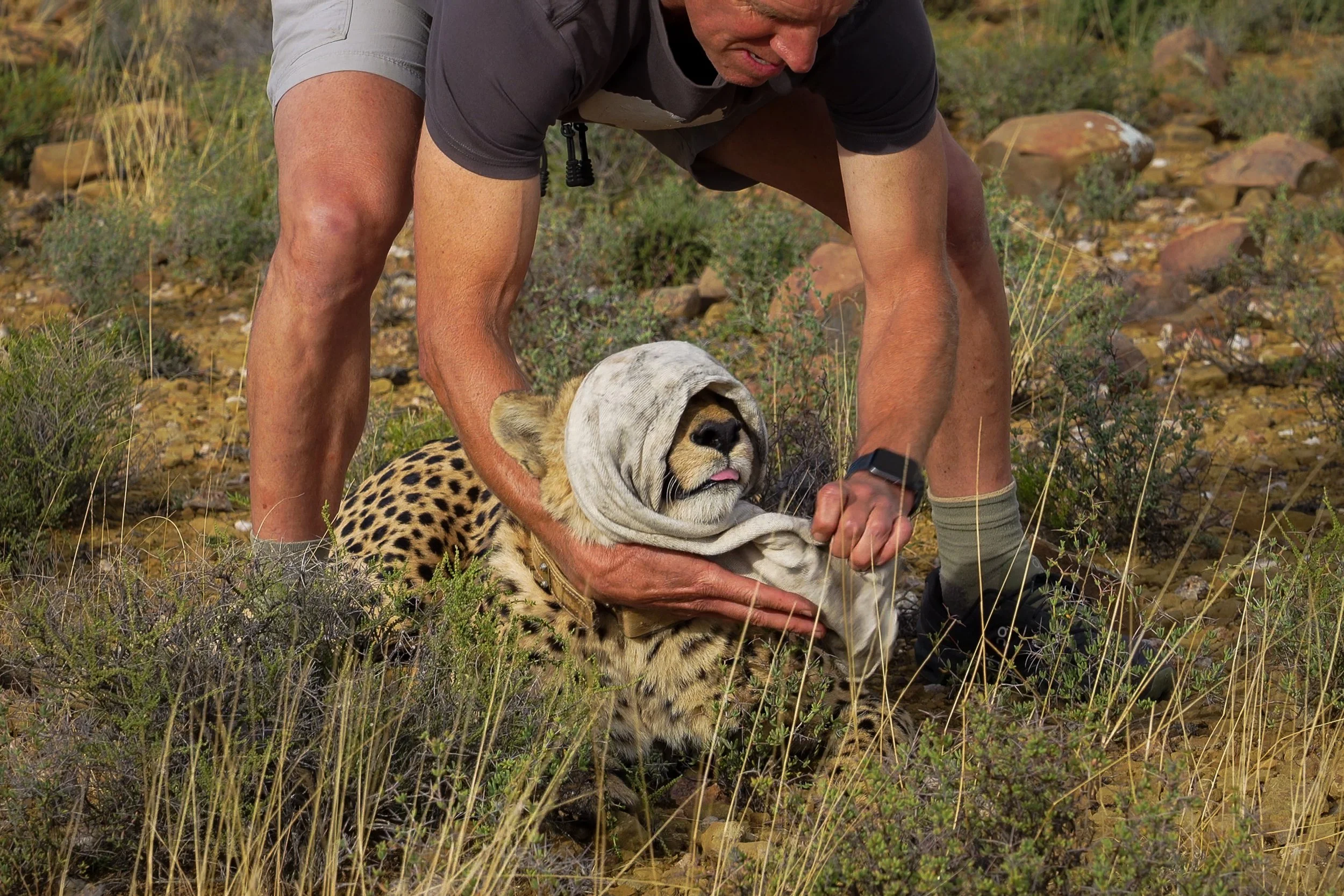


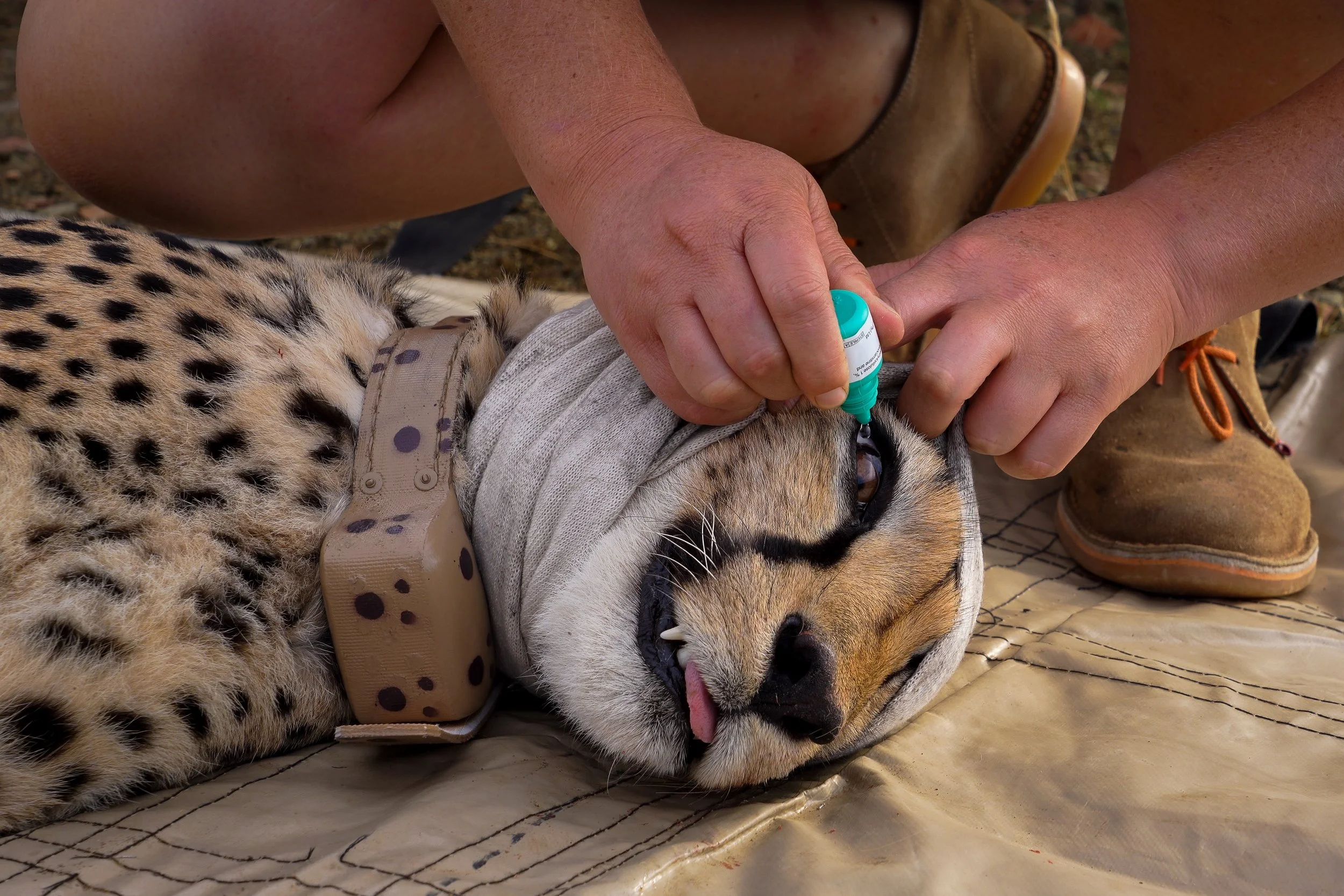




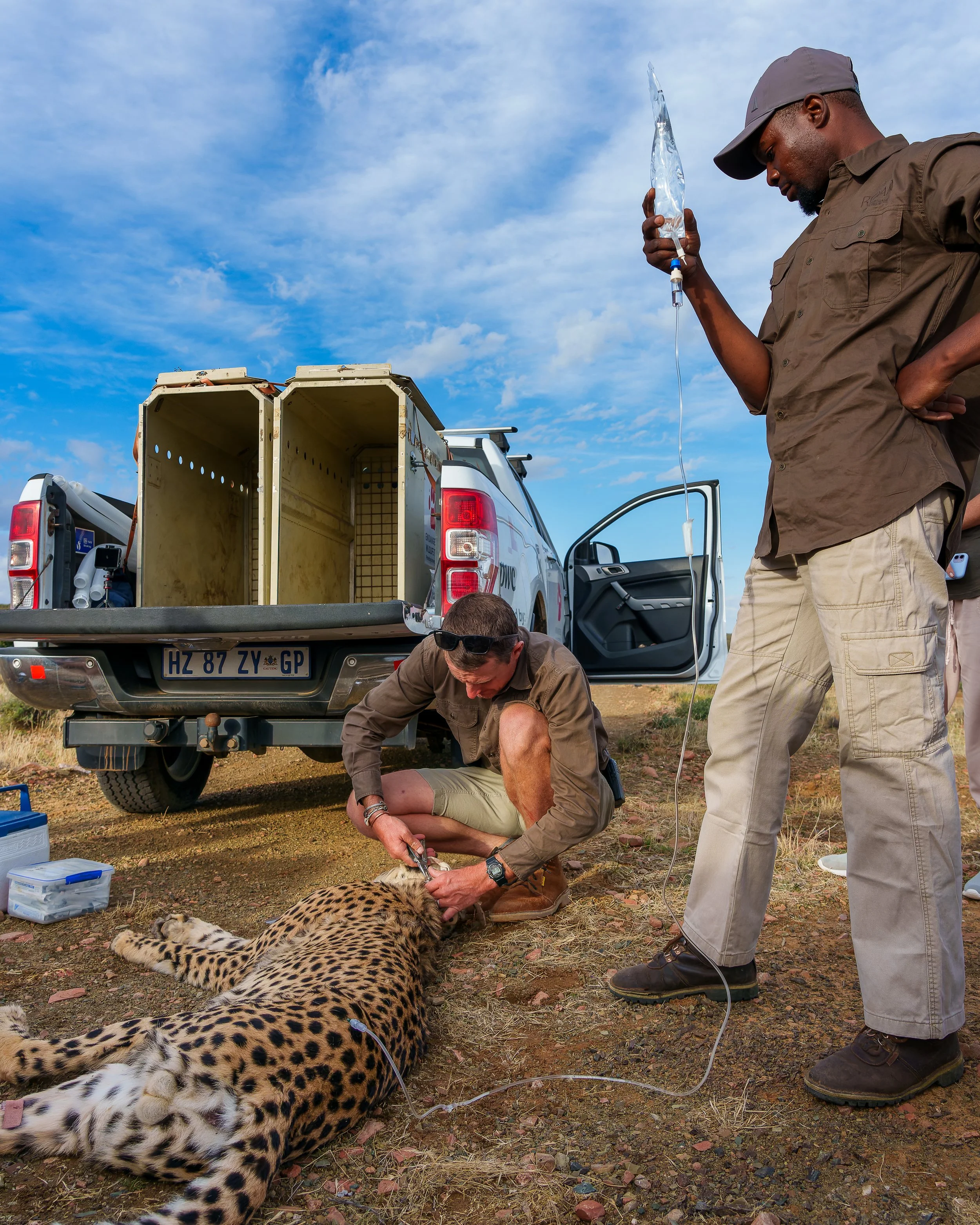
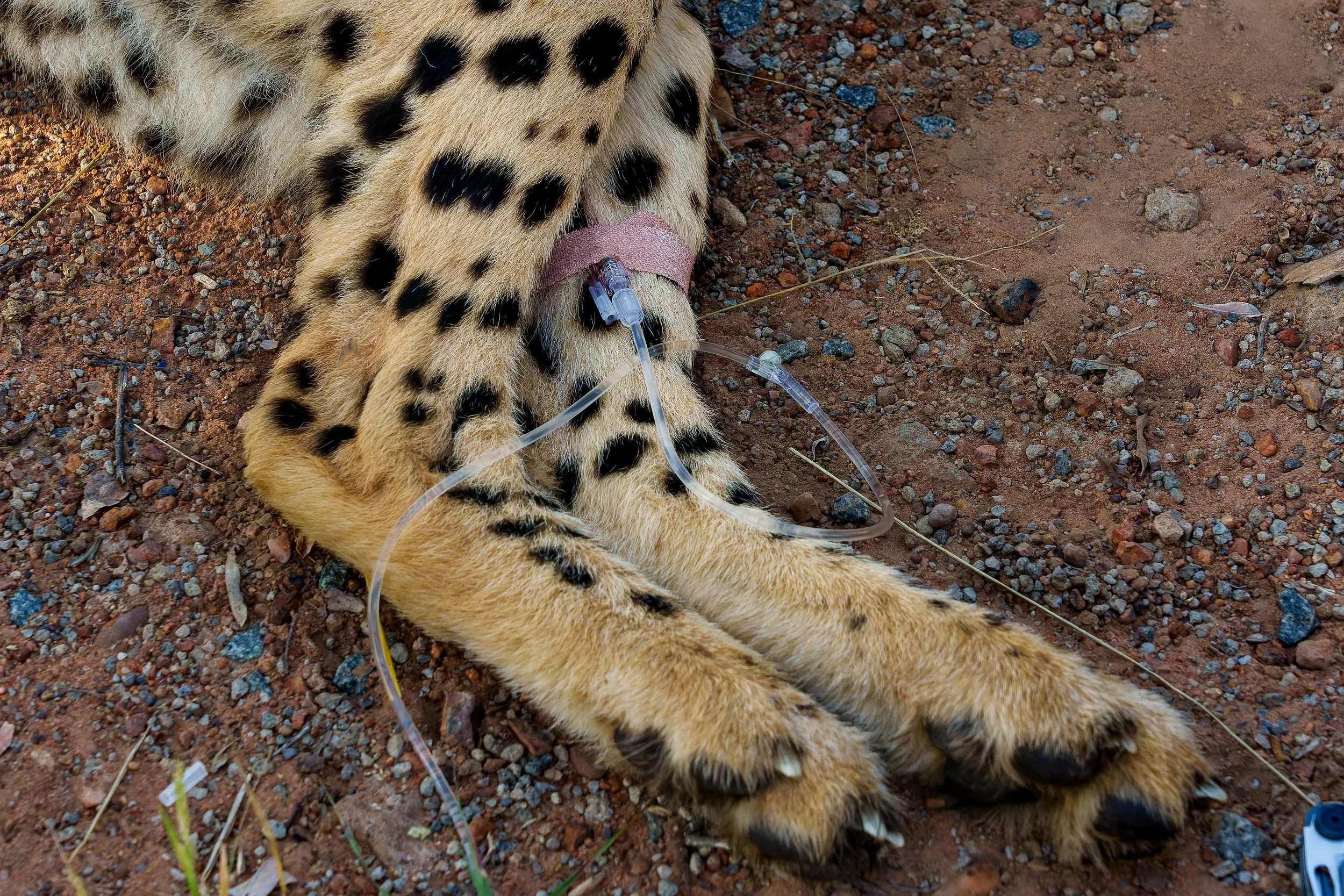
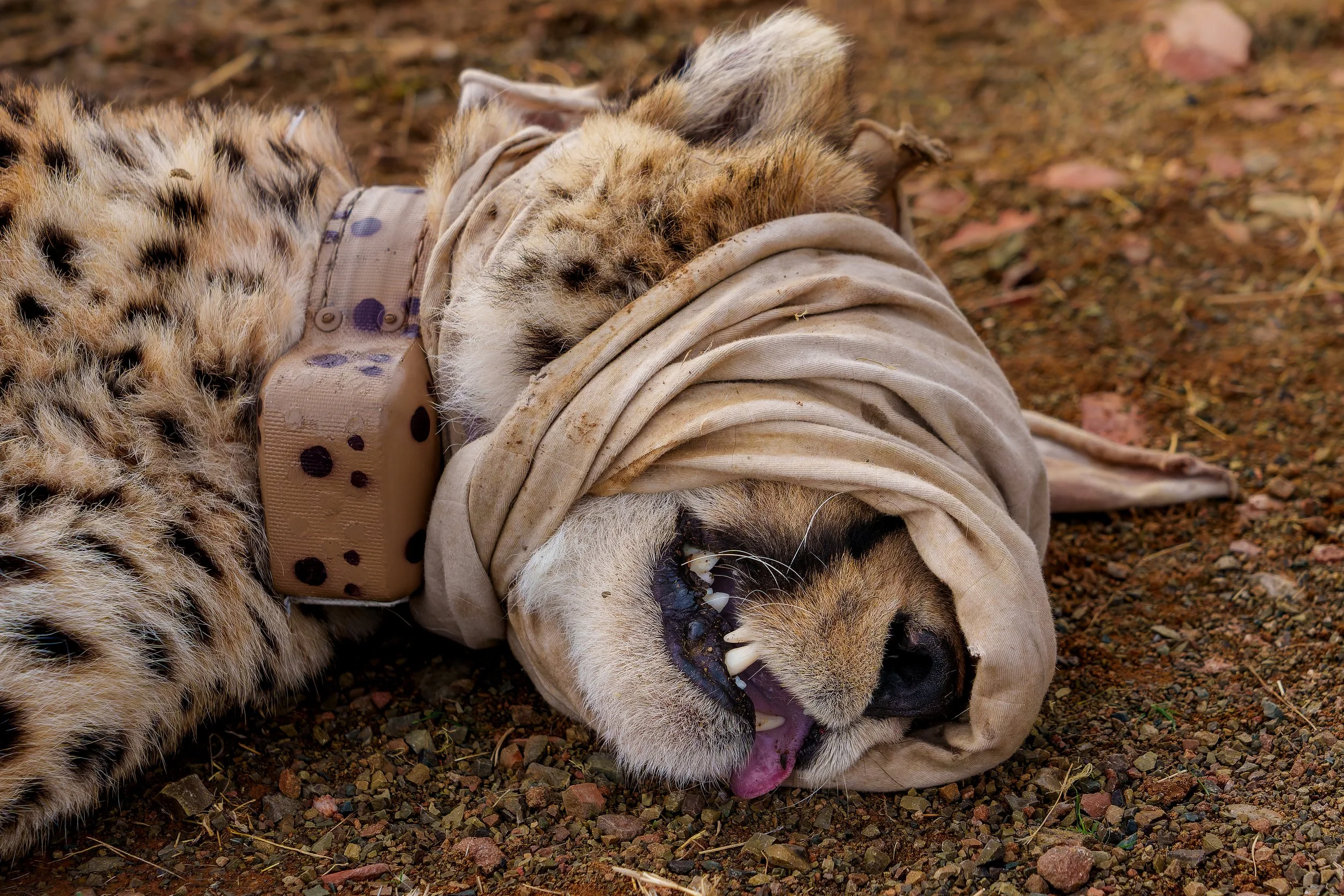

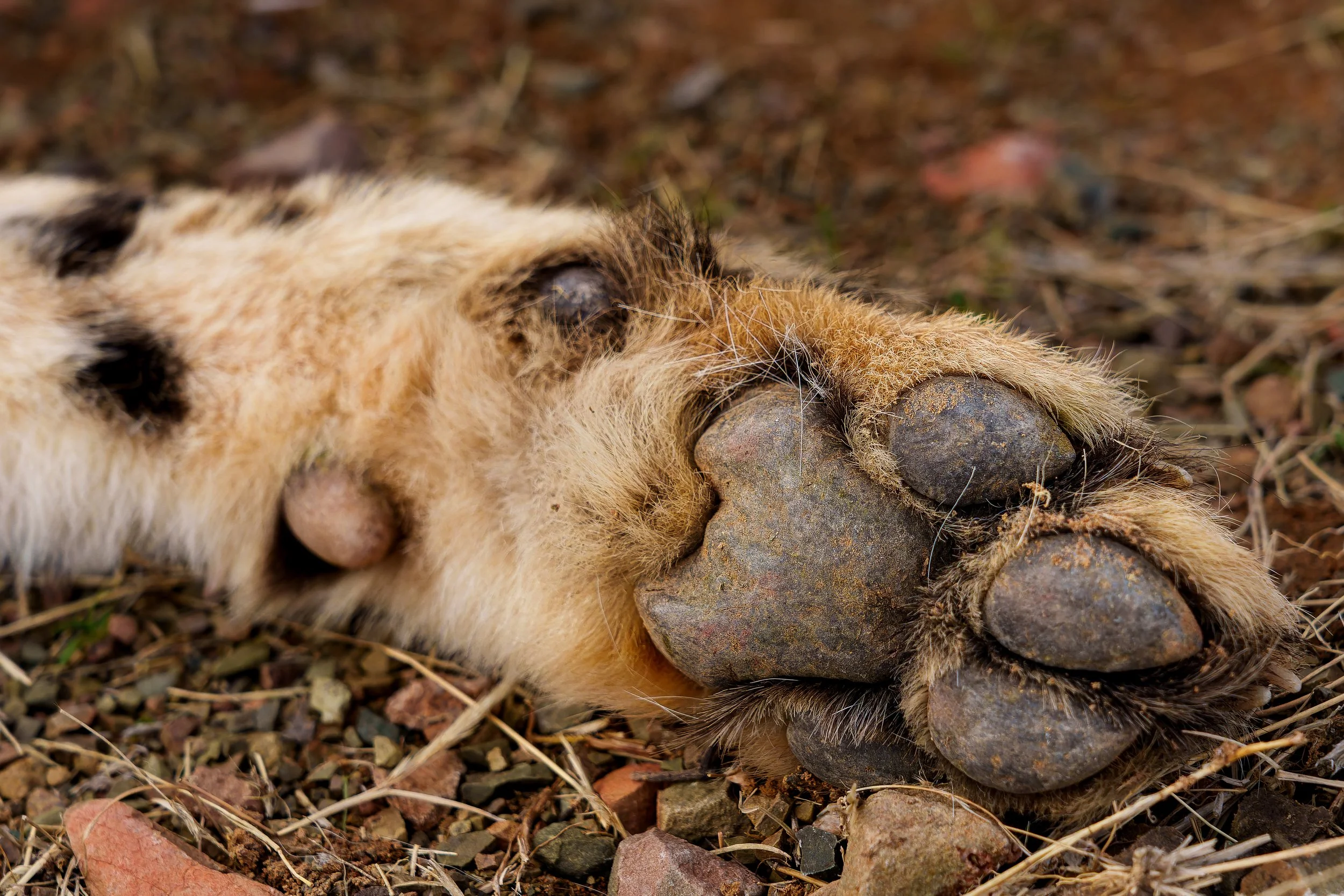




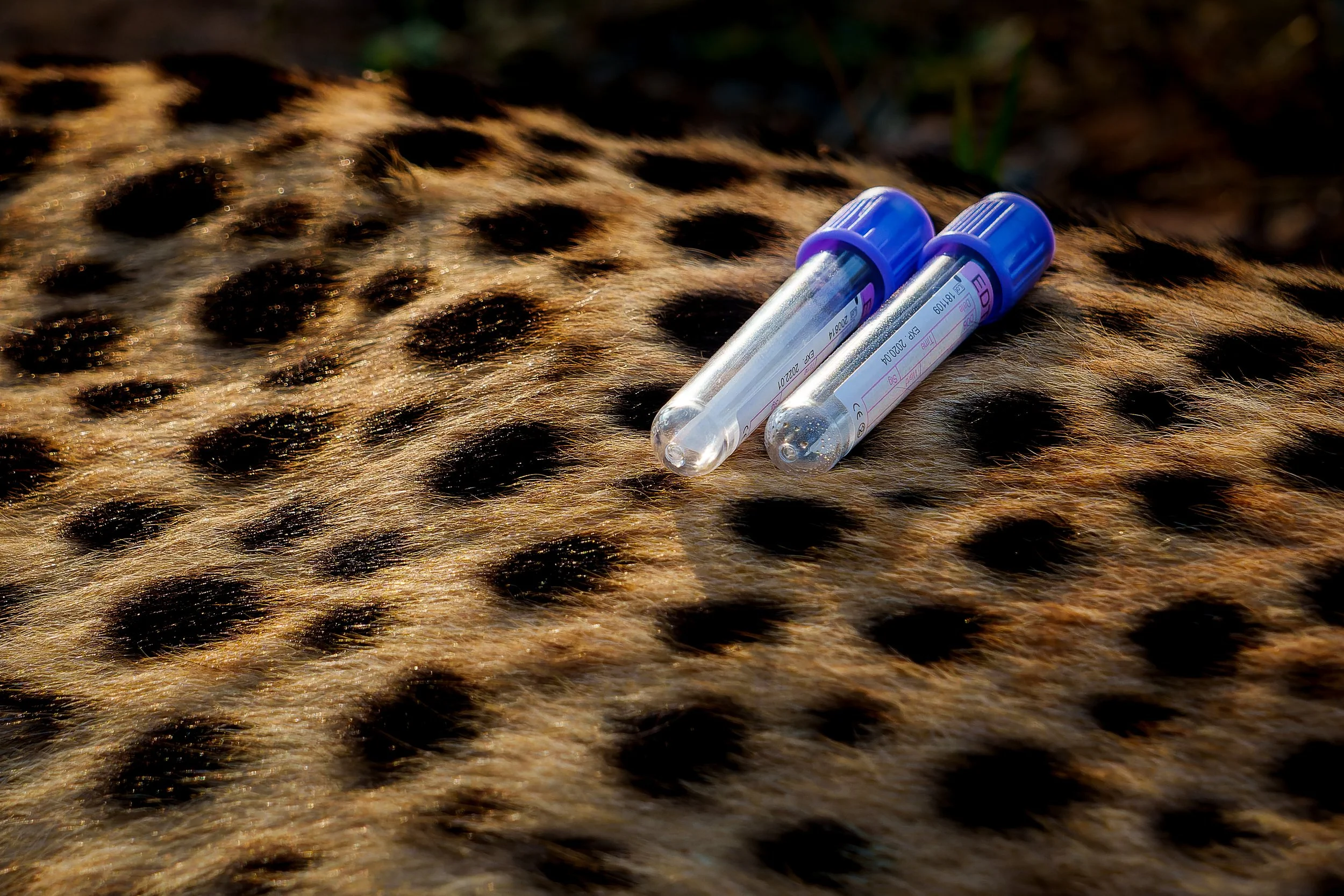



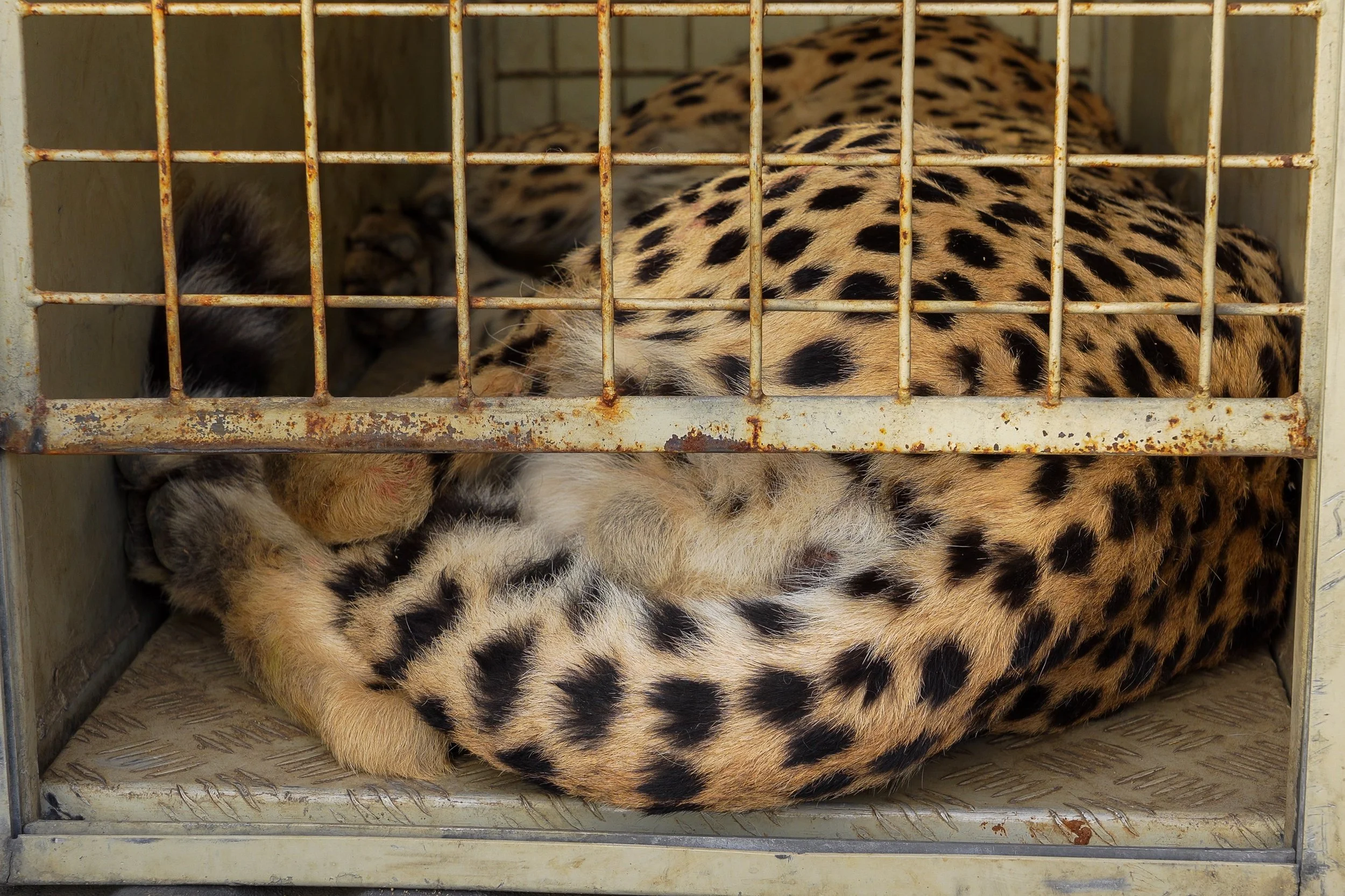

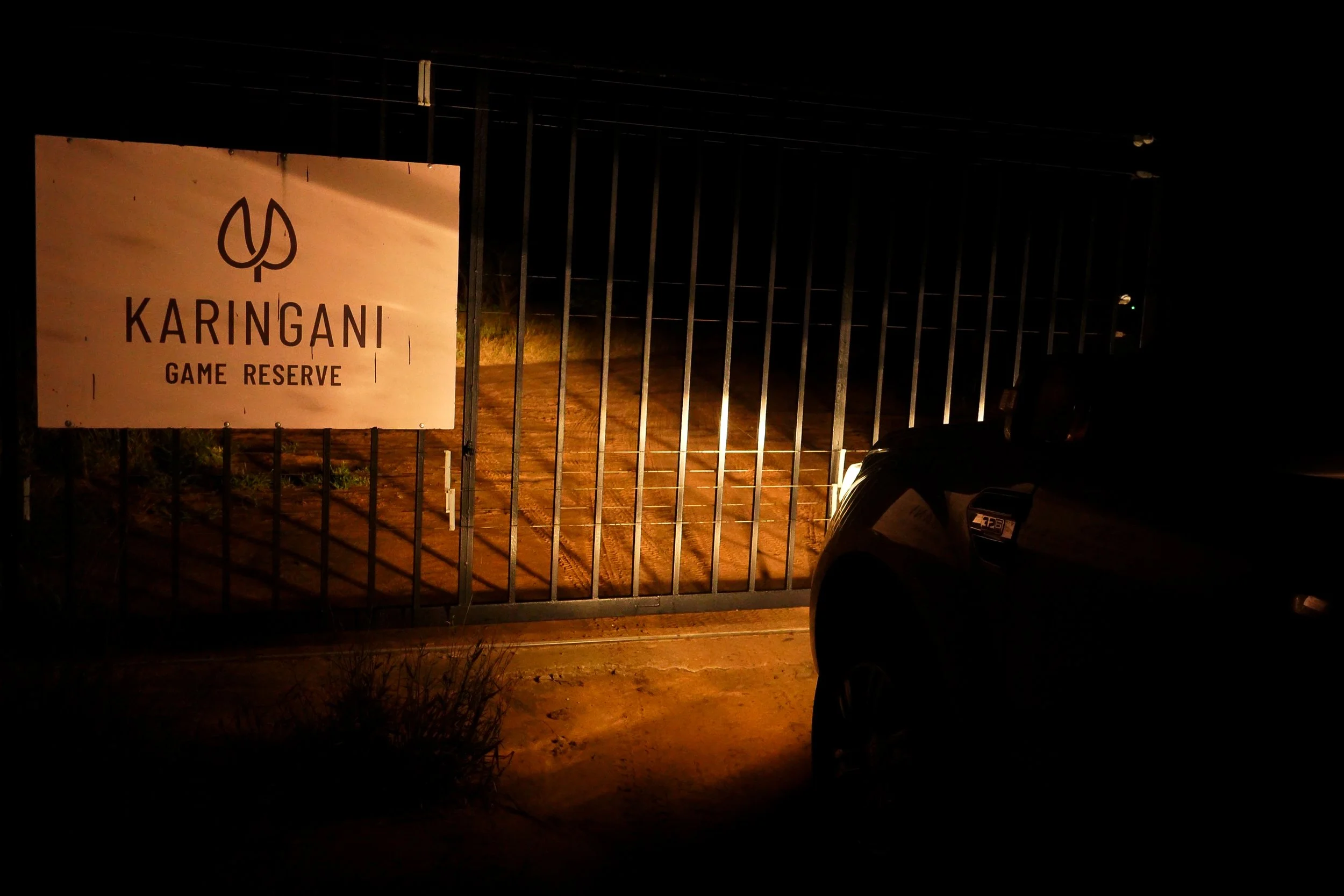


Puppies saving wildlife
Dogs in conservation; guardians for livestock and wildlife
The Livestock Guardian Dogs Project, run by the Endangered Wildlife Trust in the Waterberg Mountains in South Africa, is highly effective way to protect both livestock and wildlife.
From a young age, specially trained puppies are placed with herds, where they grow up alongside the animals they will guard. This early bond allows the dogs to develop a strong protective instinct, making them highly effective at deterring predators such as leopards, African wild dogs, and caracals.
By providing farmers with these loyal guardians, livestock losses are greatly reduced. At the same time, the project prevents retaliatory killings of carnivores, helping farmers and predators coexist in harmony. This initiative not only supports rural communities but also plays a vital role in conserving threatened carnivore species.
“From young age, these dogs grow up to protect both livestock and wildlife”

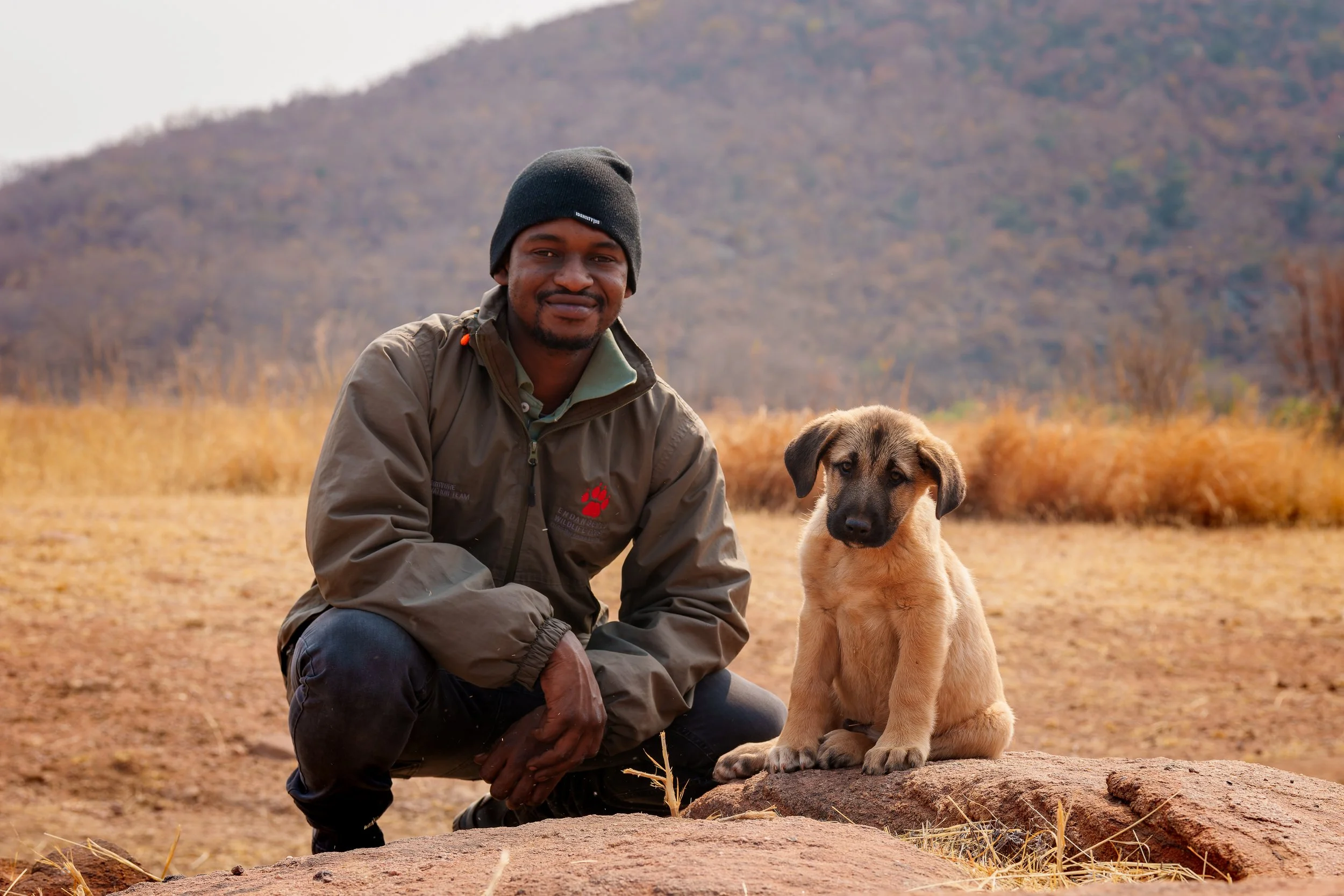

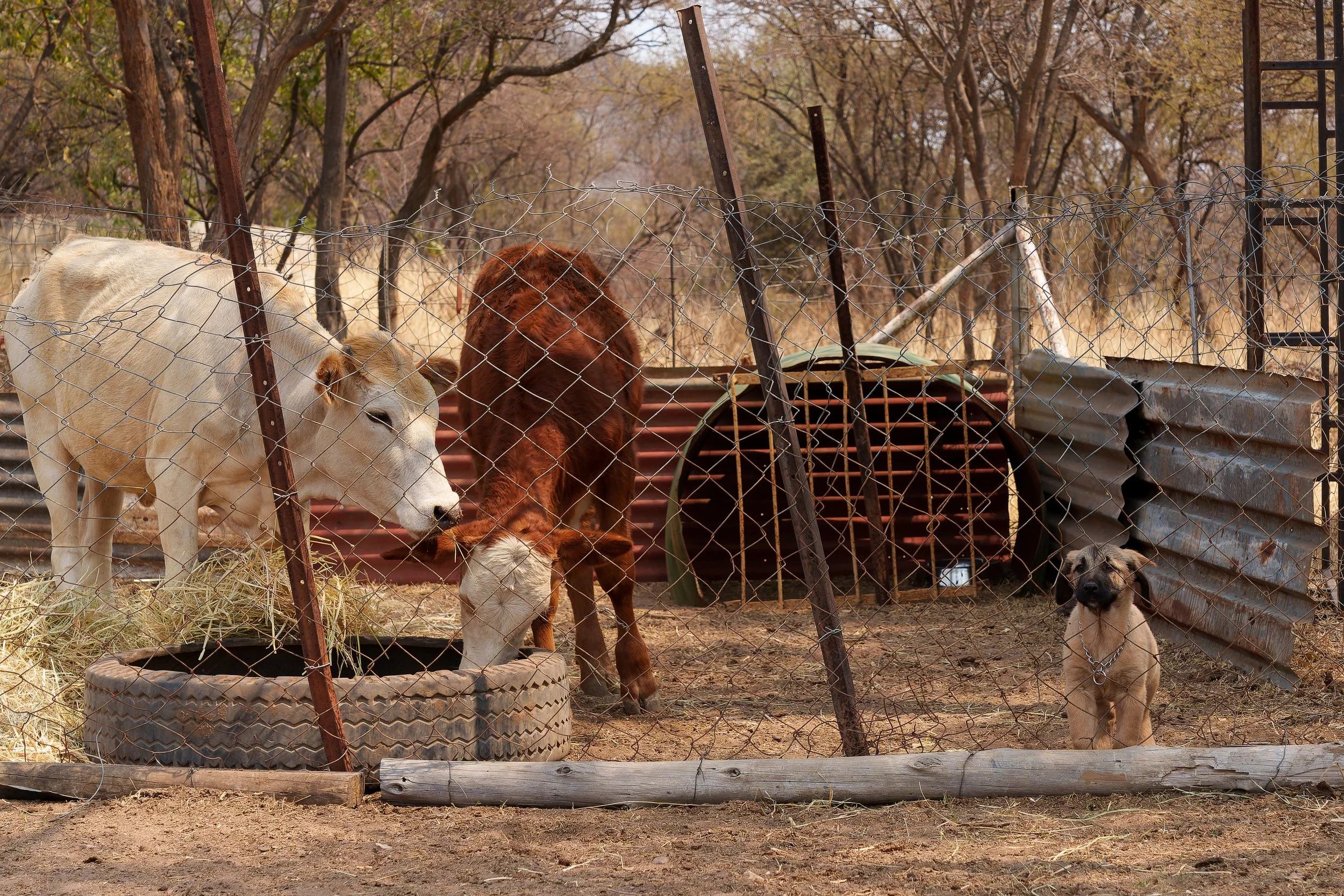


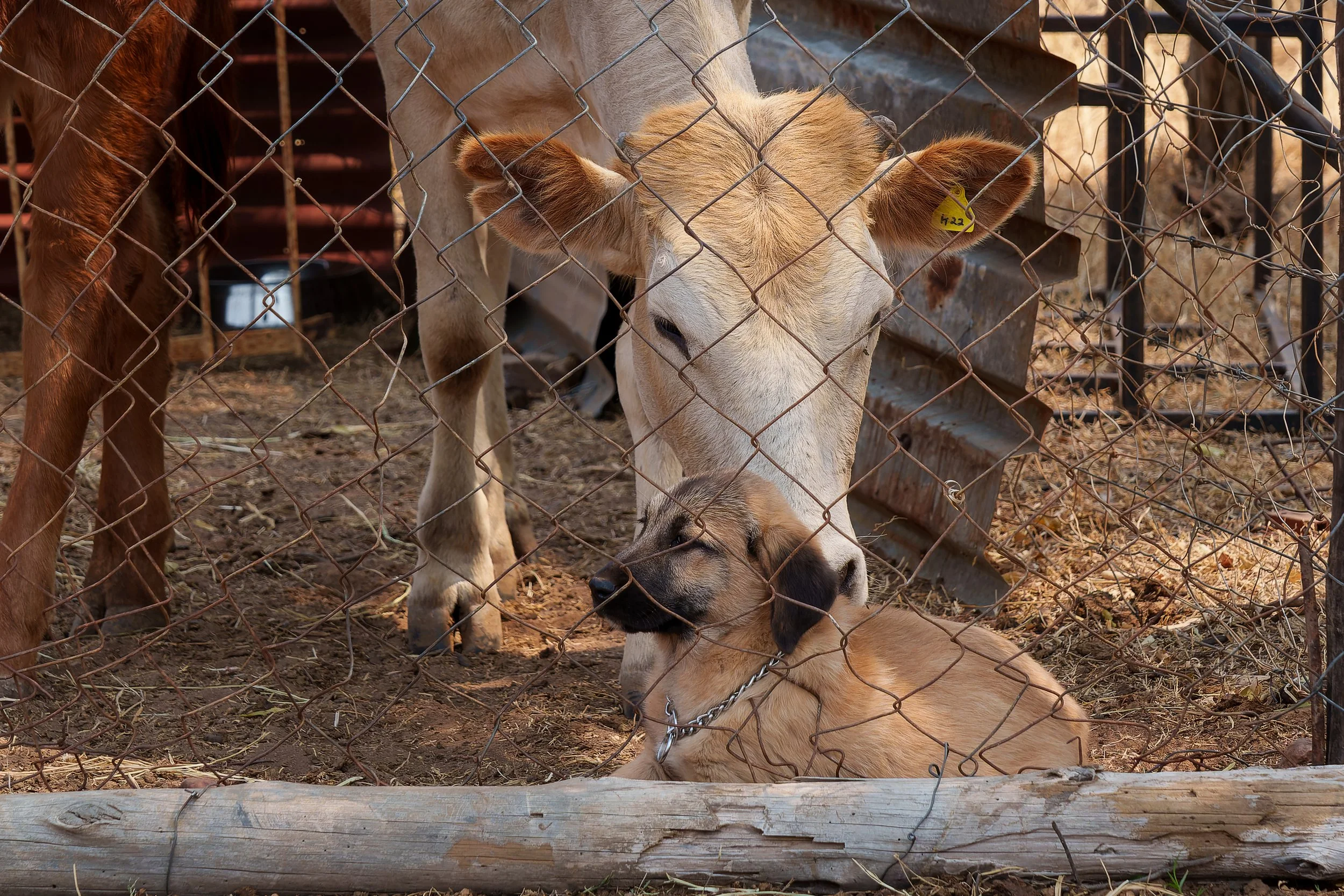
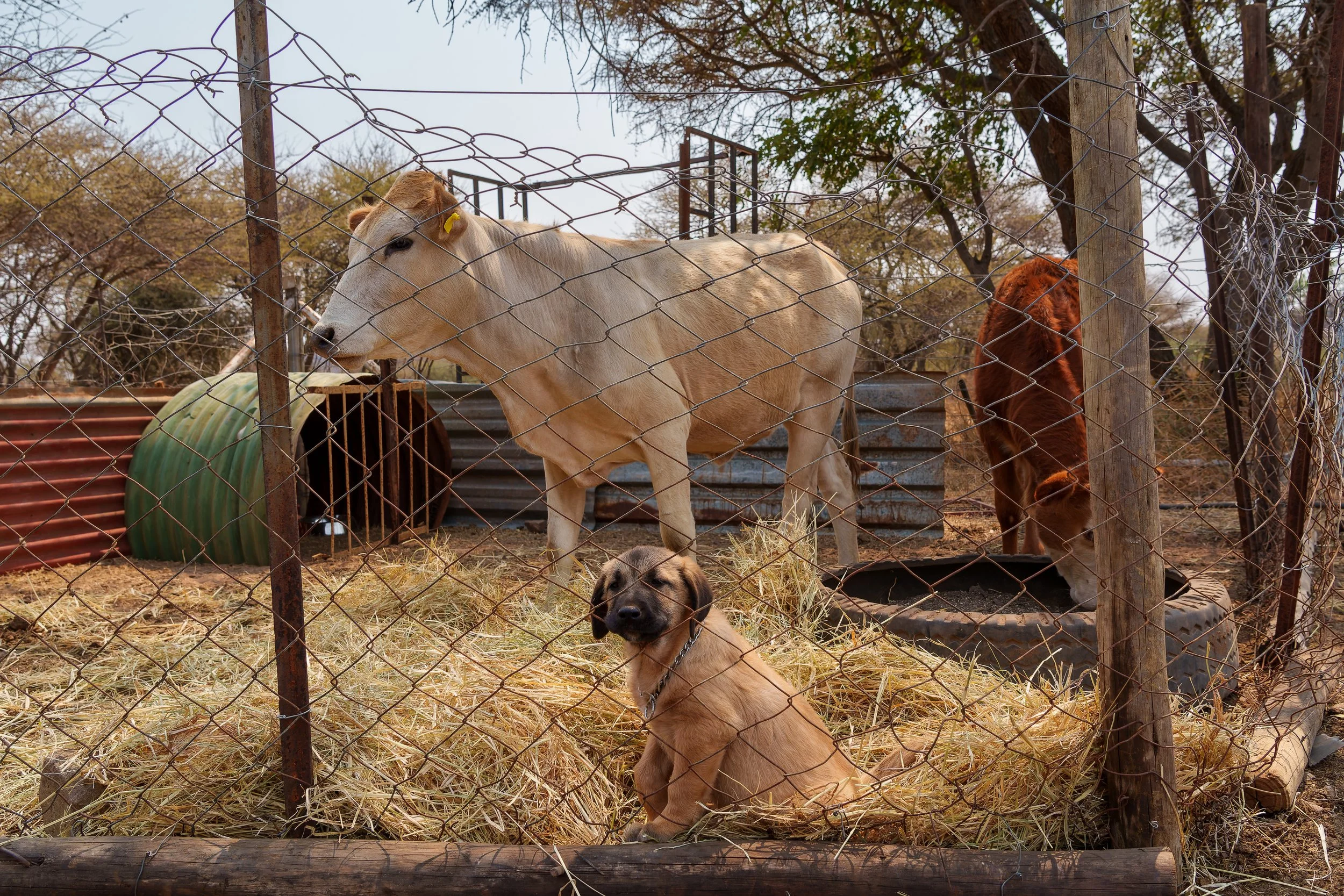





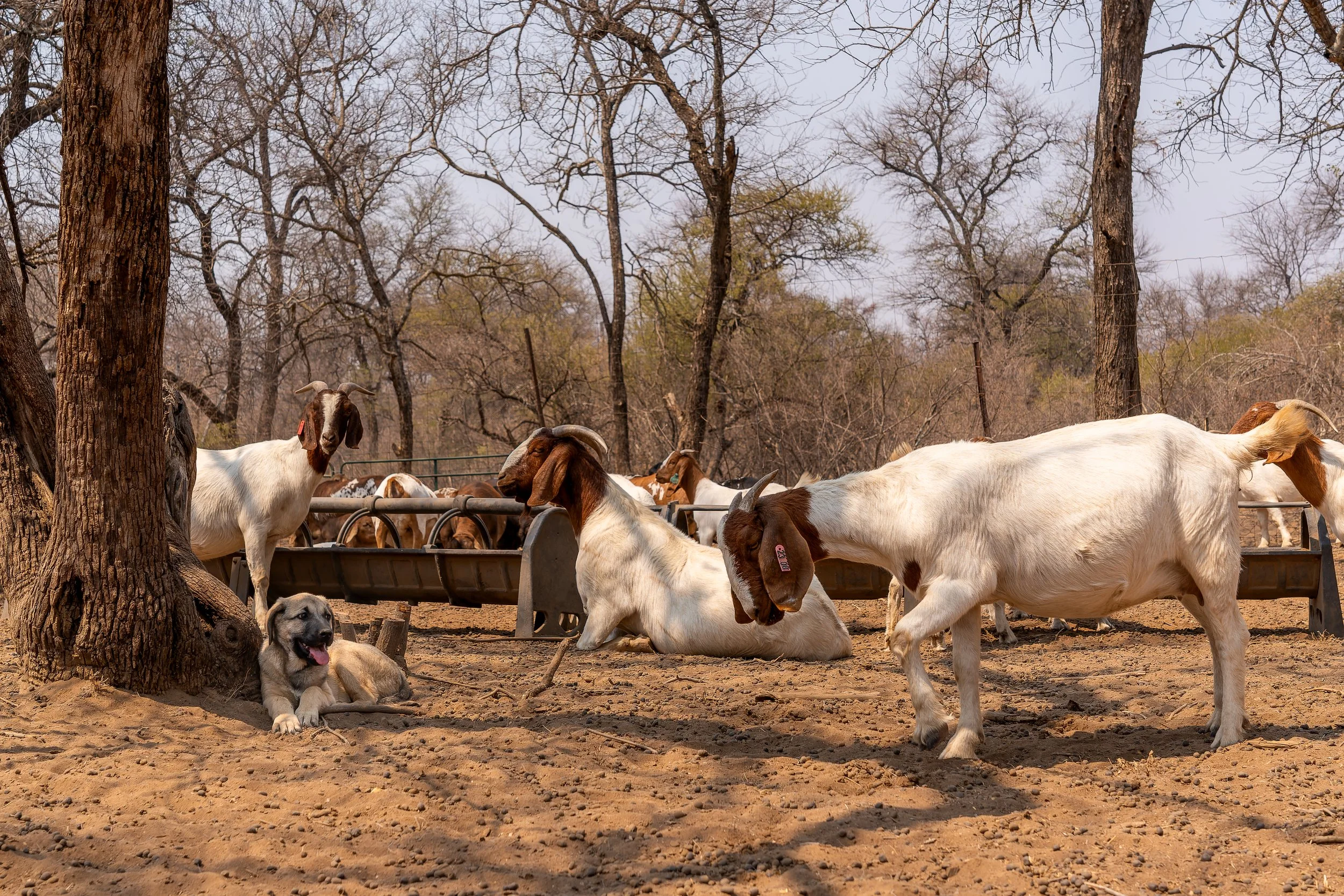
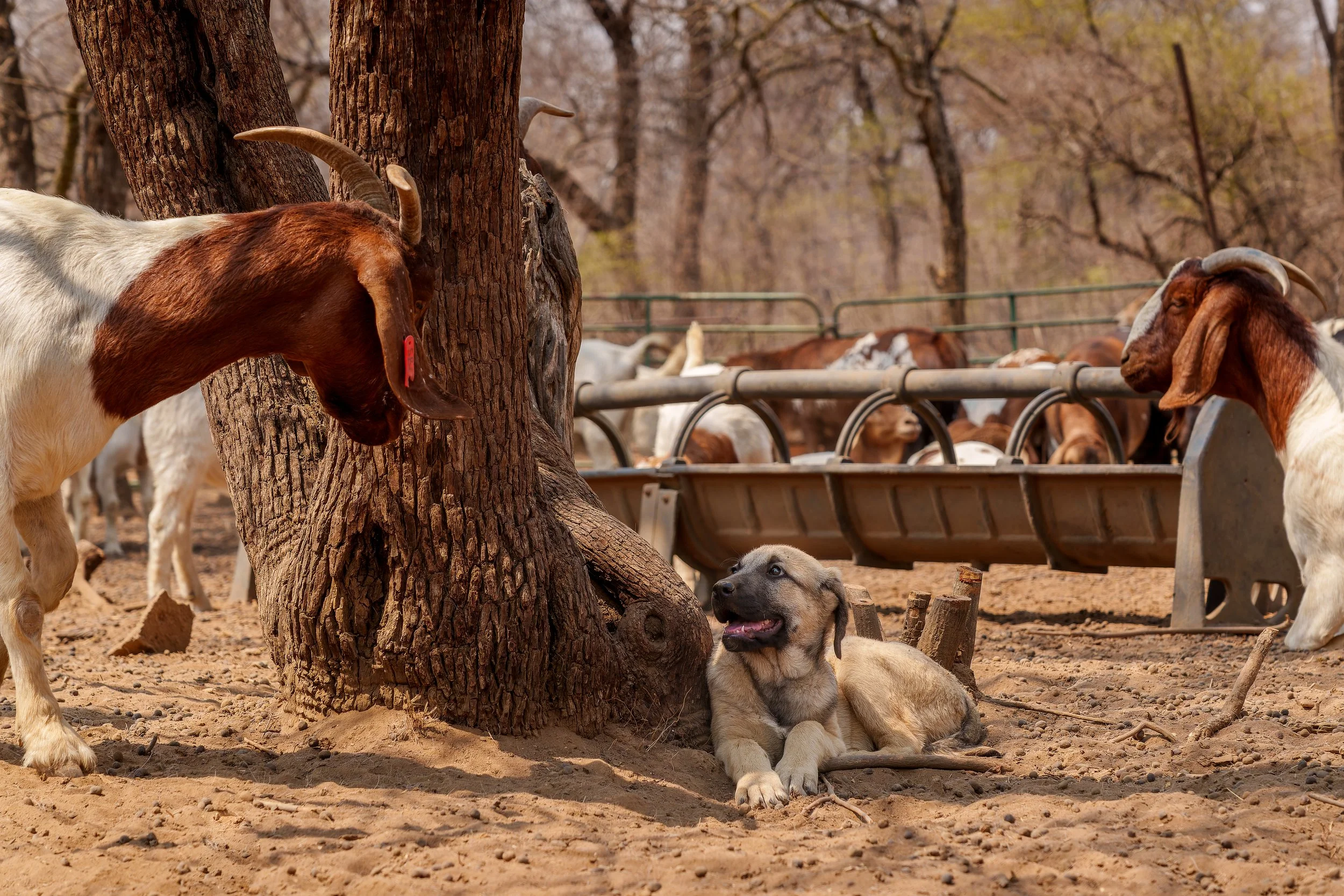


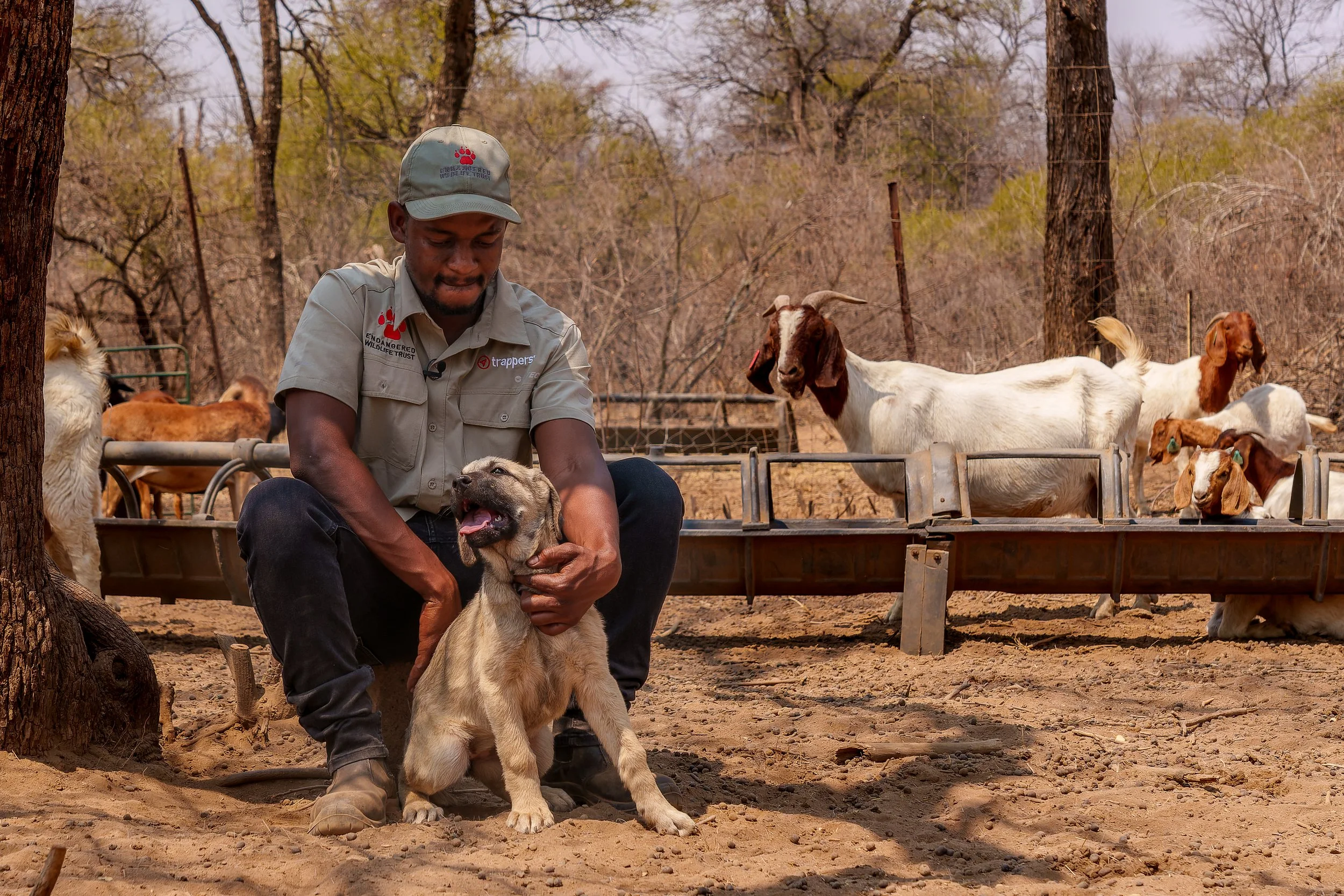




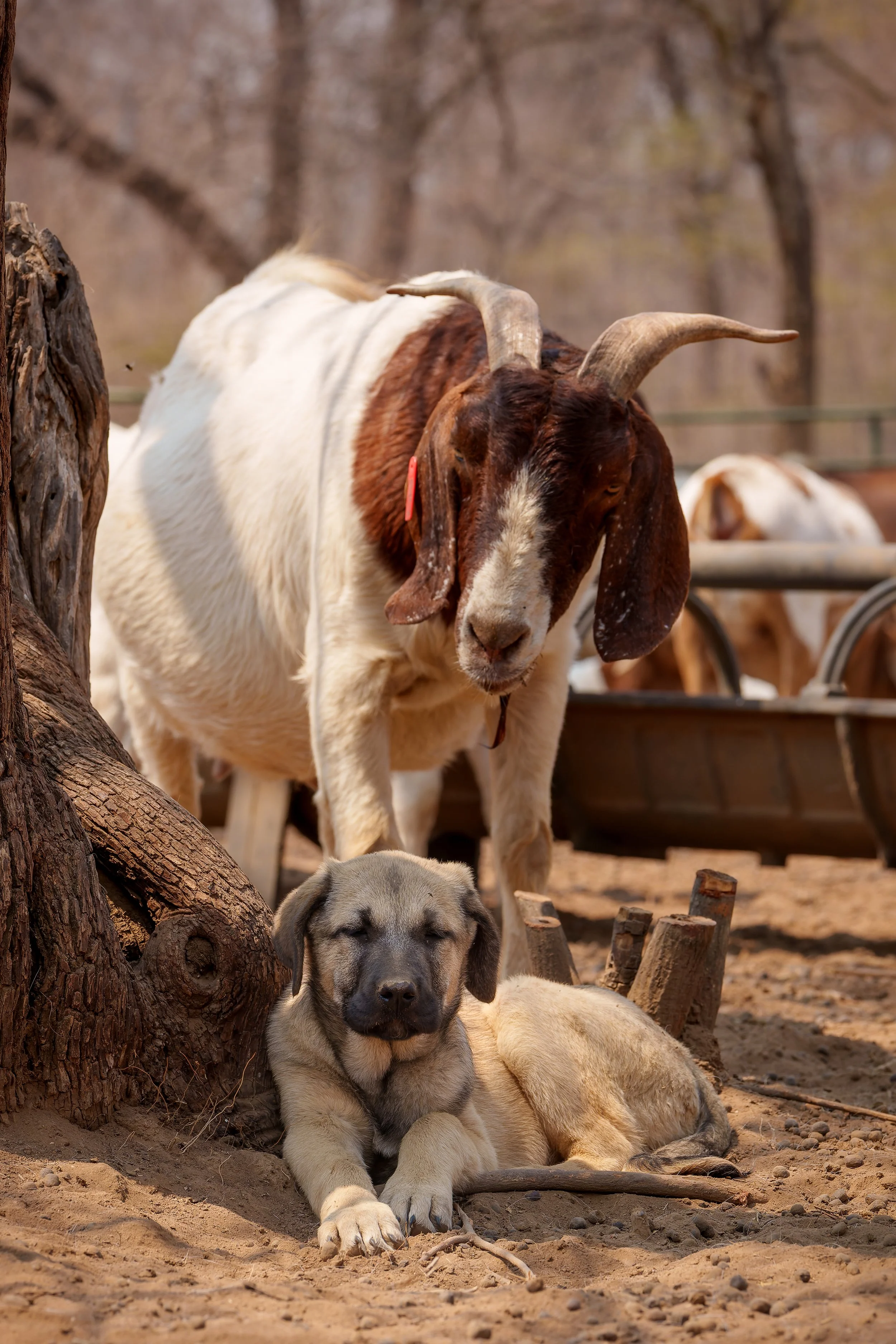

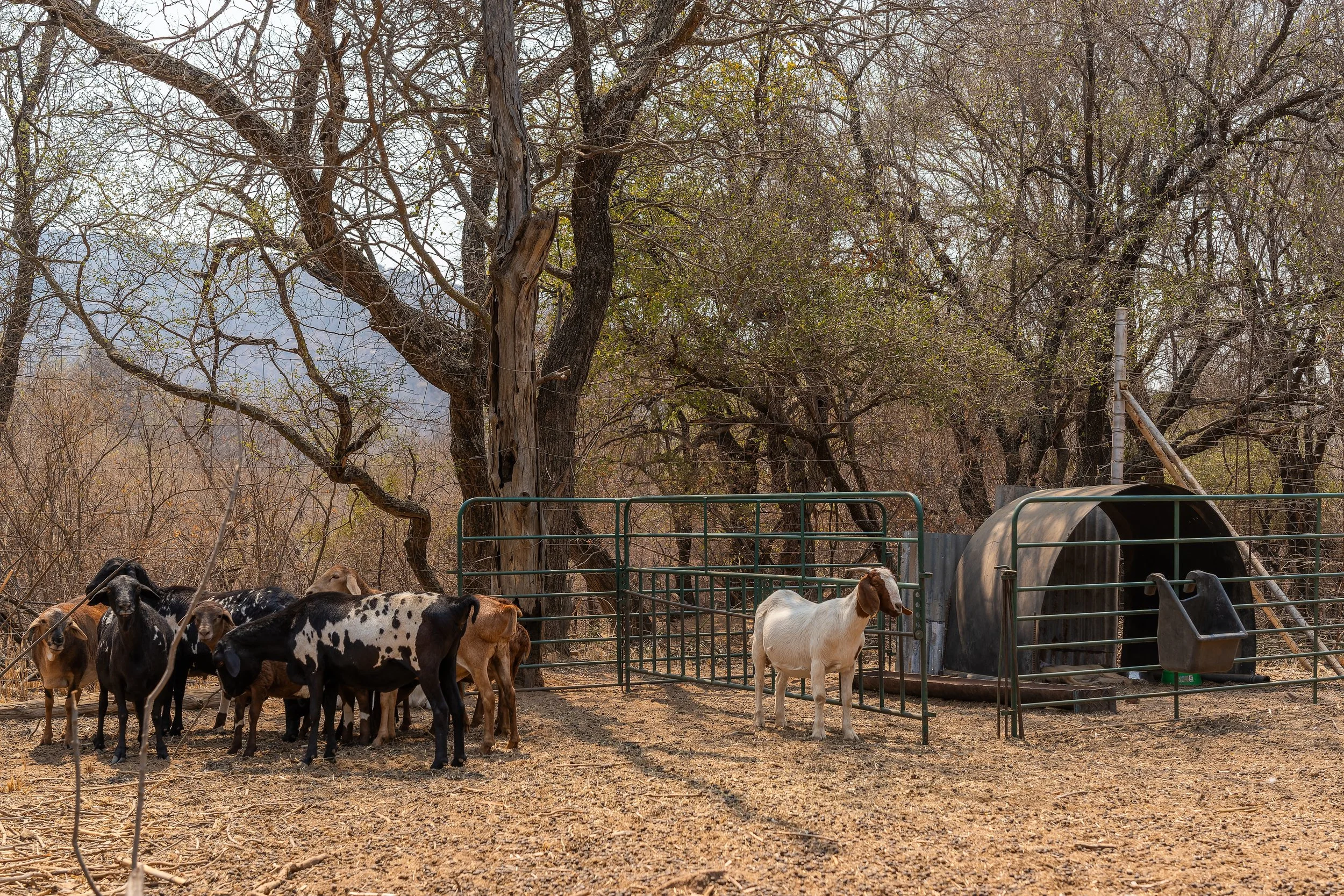

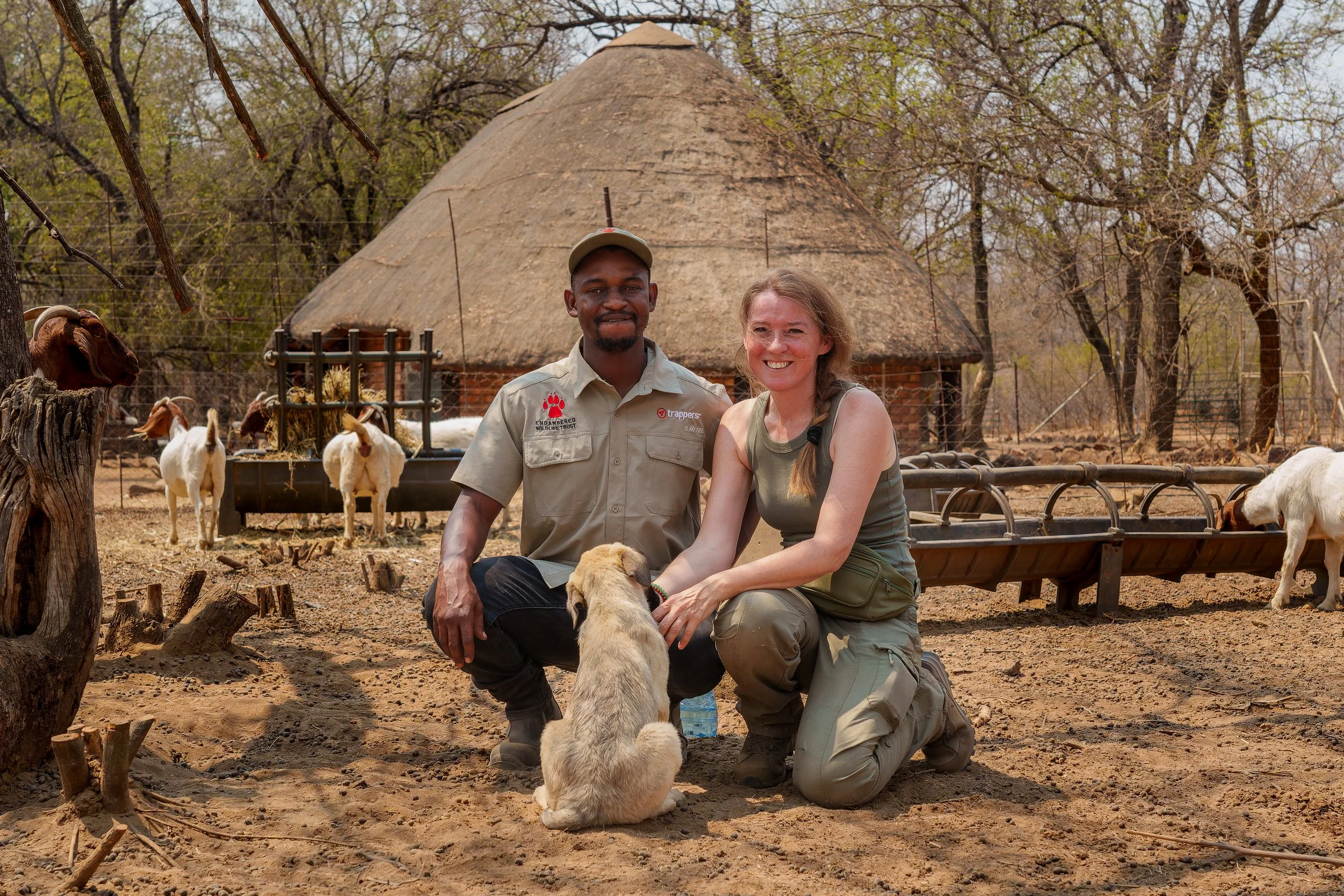


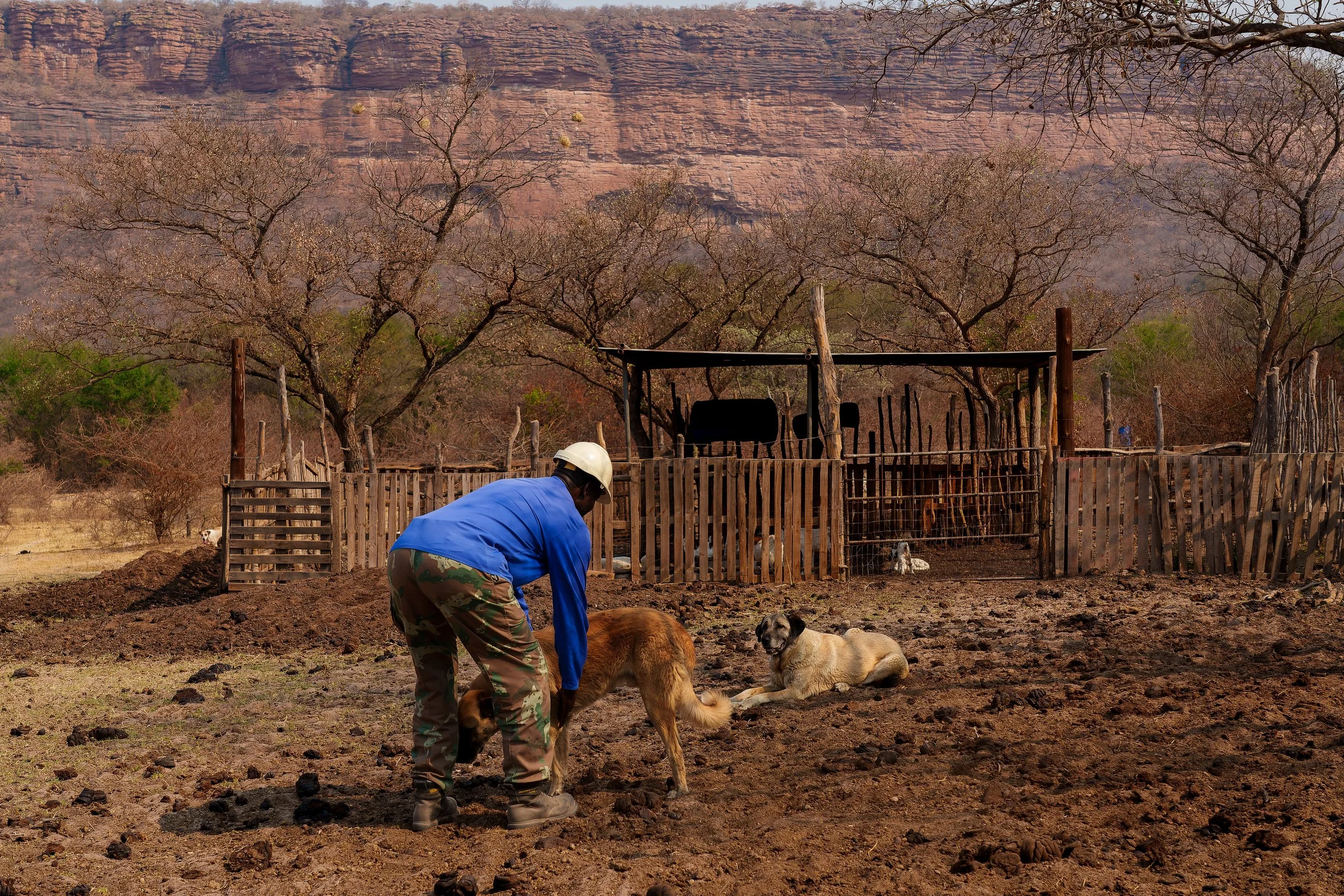

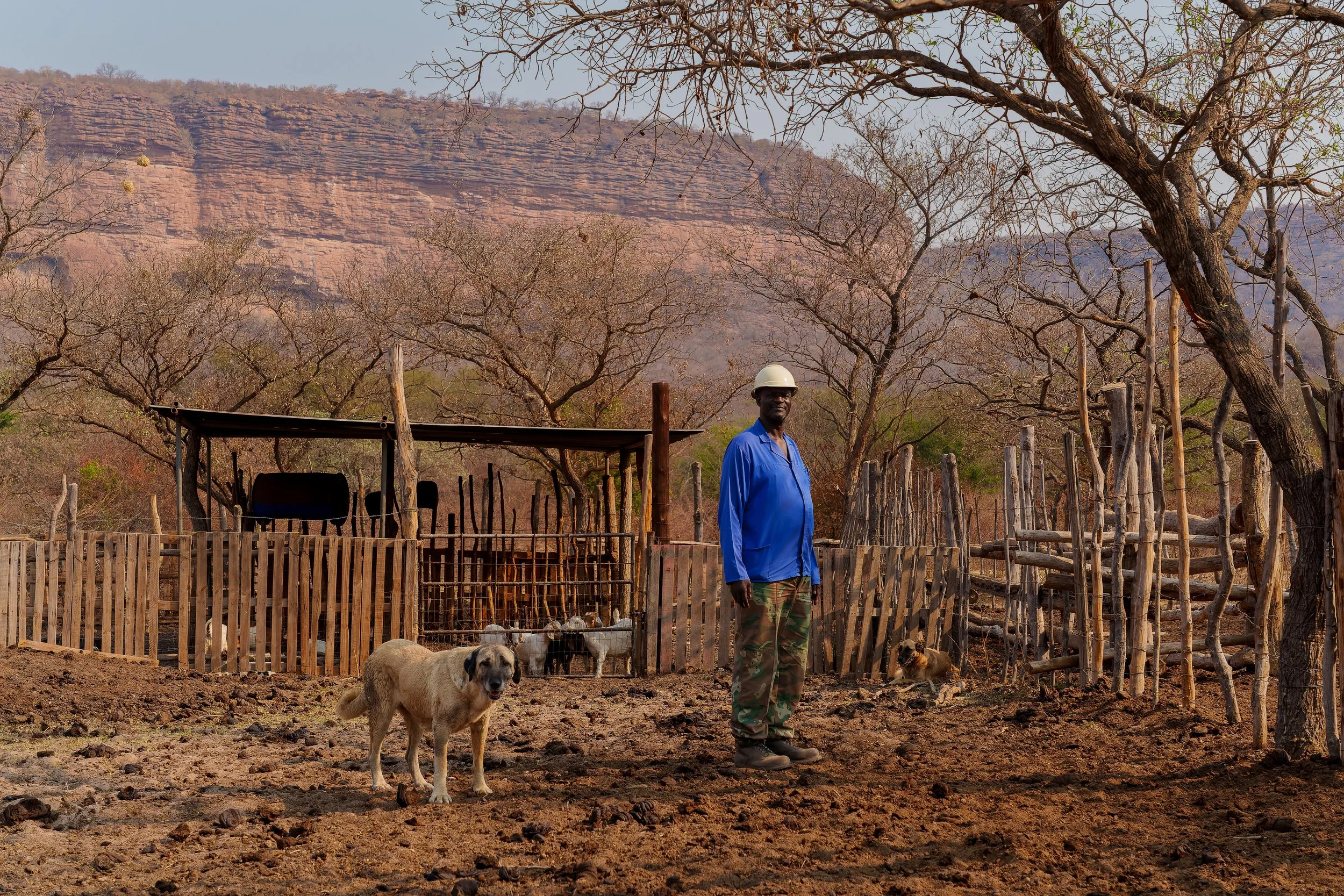
Kruger Lion Survey
Protecting Africa’s iconic predator
Africa’s lions are disappearing rapidly — wild populations have declined by over 90% in the past century, with fewer than 20,000 remaining today. The Greater Limpopo Transfrontier Conservation Area, including South Africa’s Kruger National Park, is one of their last strongholds, home to more than 2,000 lions.
In northern Kruger, poaching and poisoning have increasingly threatened lions, leopards, and vultures. As apex predators, lions play a crucial role in maintaining ecosystem balance and their decline could have far reaching consequences.
To protect these majestic animals, the Endangered Wildlife Trust, in partnership with SANParks, conducts a three-month lion survey — tracking, monitoring, and identifying individual lions across this vast and remote landscape. I had the privilege of being part of this team, helping to locate lions in the field and take identification photos of each individual. This hands-on experience allowed me to witness the lions’ behavior up close while contributing directly to their conservation.
Documenting this work helps raise awareness, support conservation efforts, and ensure that these iconic predators continue to thrive.
“Being in the field, helping to locate and photograph lions, gave me a unique perspective on their lives and conservation needs.”


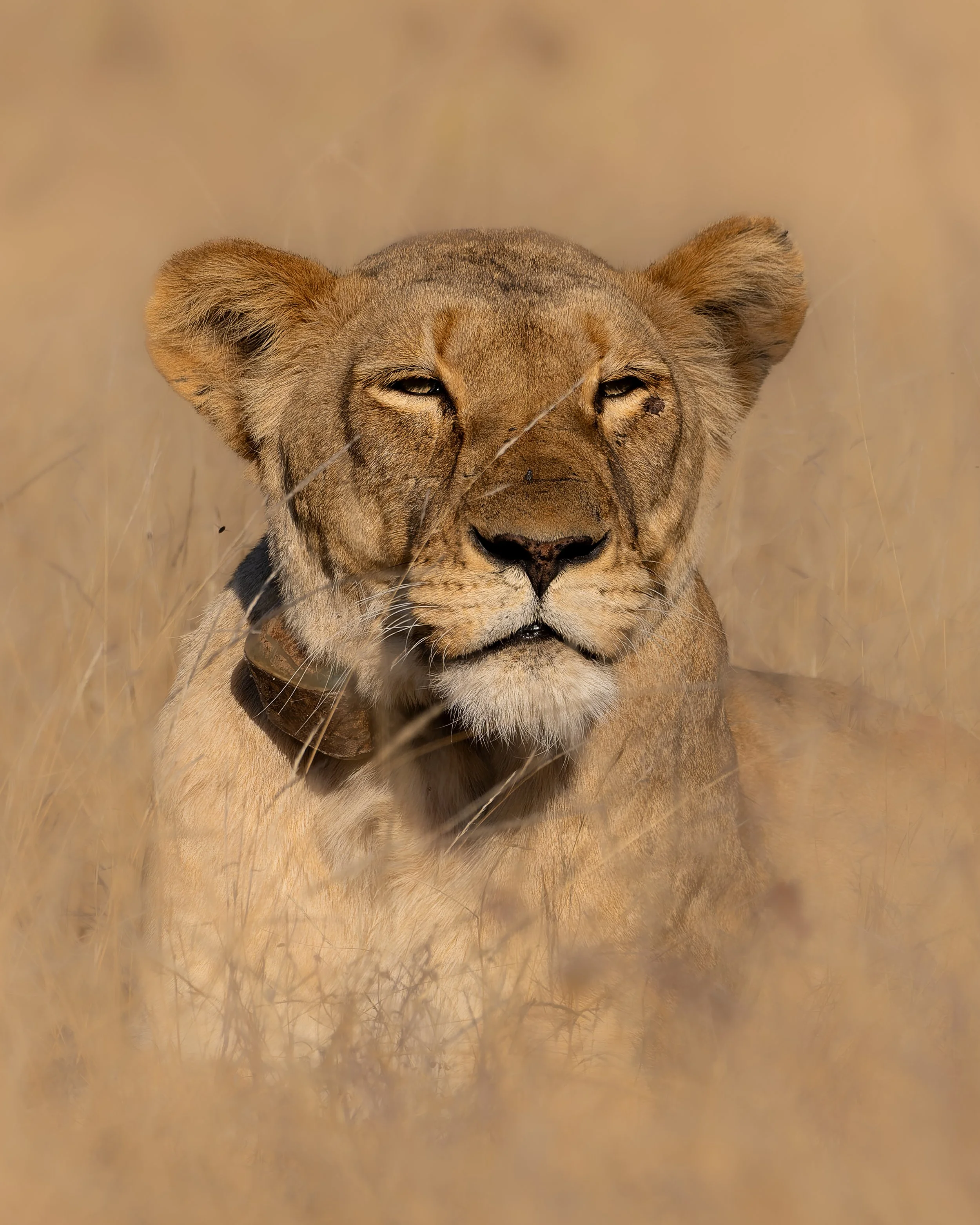
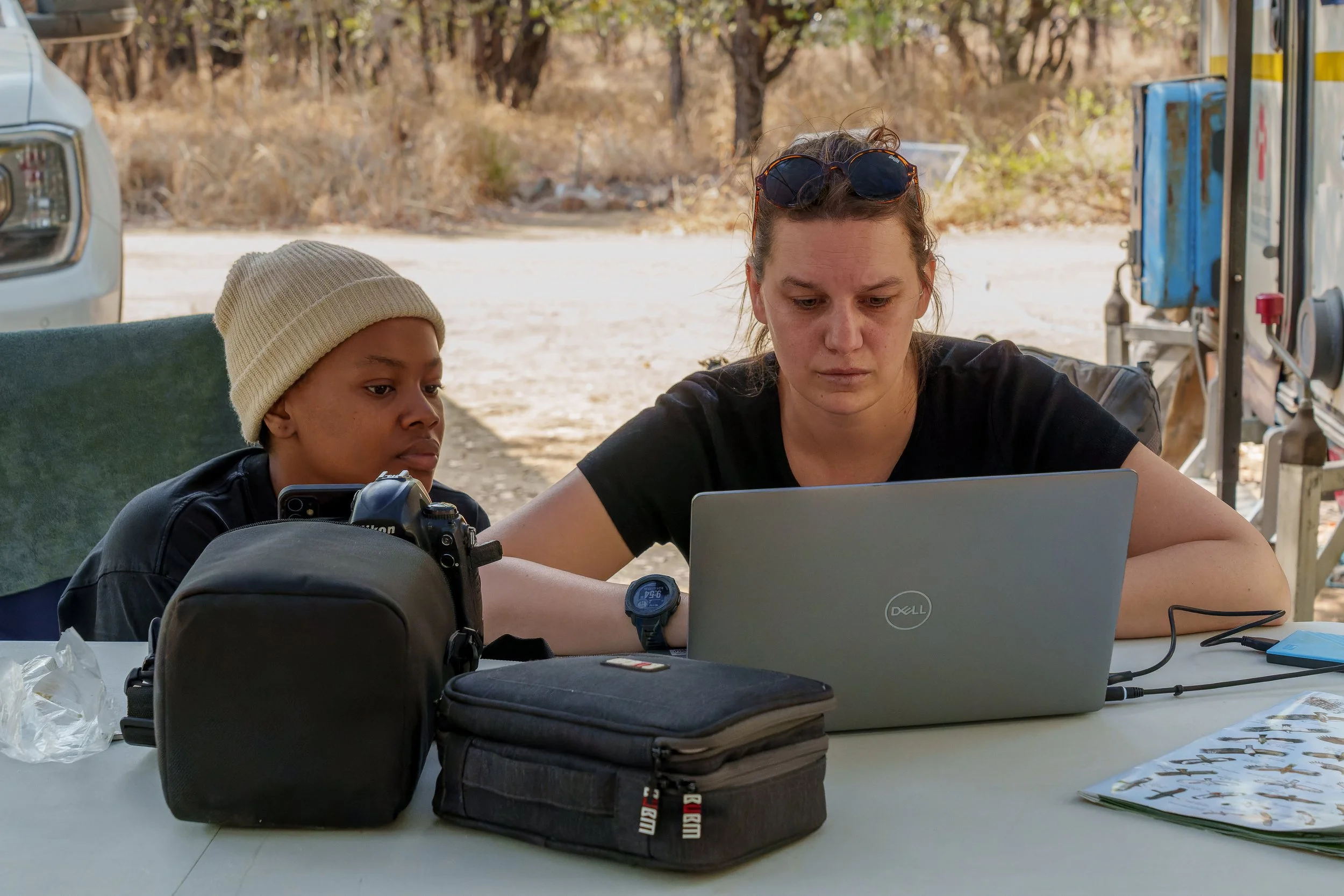
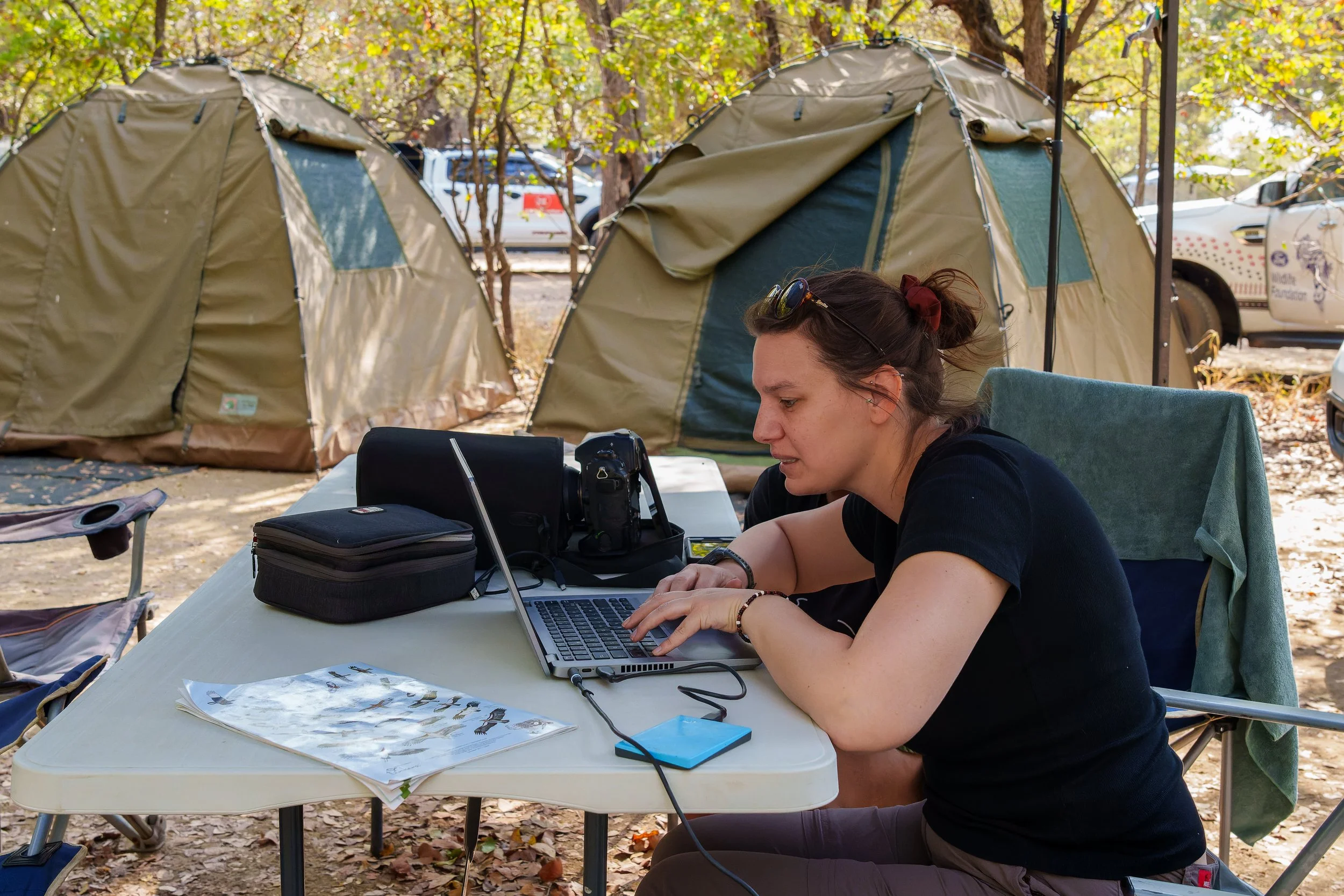
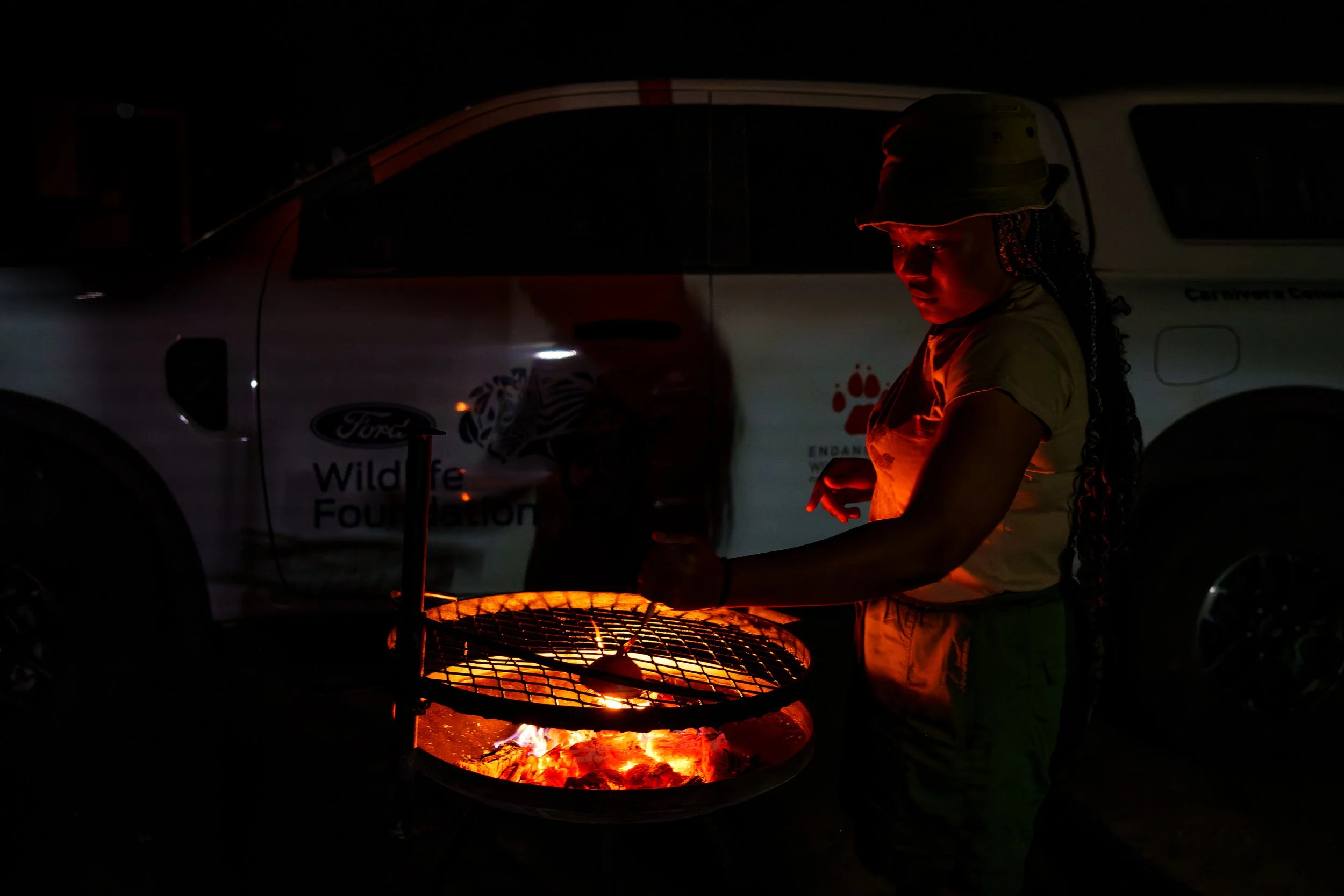










Kruger Lion Collaring
Monitoring lions to protect them
It was an exciting morning for the Lion Survey Team as we assisted SANParks rangers and a veterinarian from Wildscapes in immobilizing two lionesses to fit them with GPS collars. This pride lives near the border of Kruger National Park — a high-risk area for poisoning and snaring — making it essential to monitor their movements closely.
The collar data helps SANParks rangers and the EWT carnivore team track these lions, understand their behavior, and implement strategies to keep them safe.
Being part of this collaboration — between the EWT Carnivore Team, SANParks, and Wildscapes vets — I contributed in the field, helping with locating the lions and supporting the identification process. It was a rare opportunity to observe these majestic predators up close while directly contributing to their conservation.
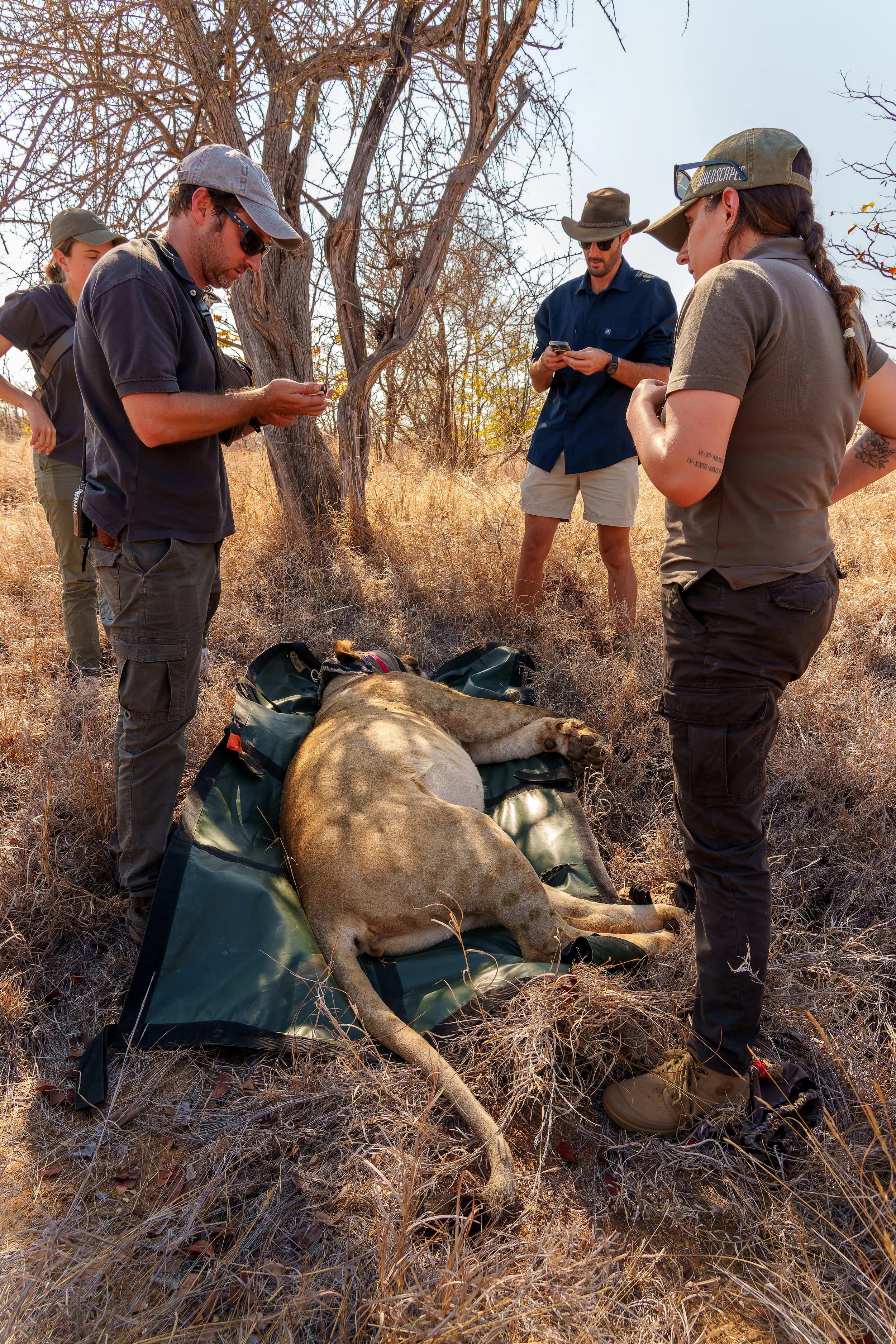


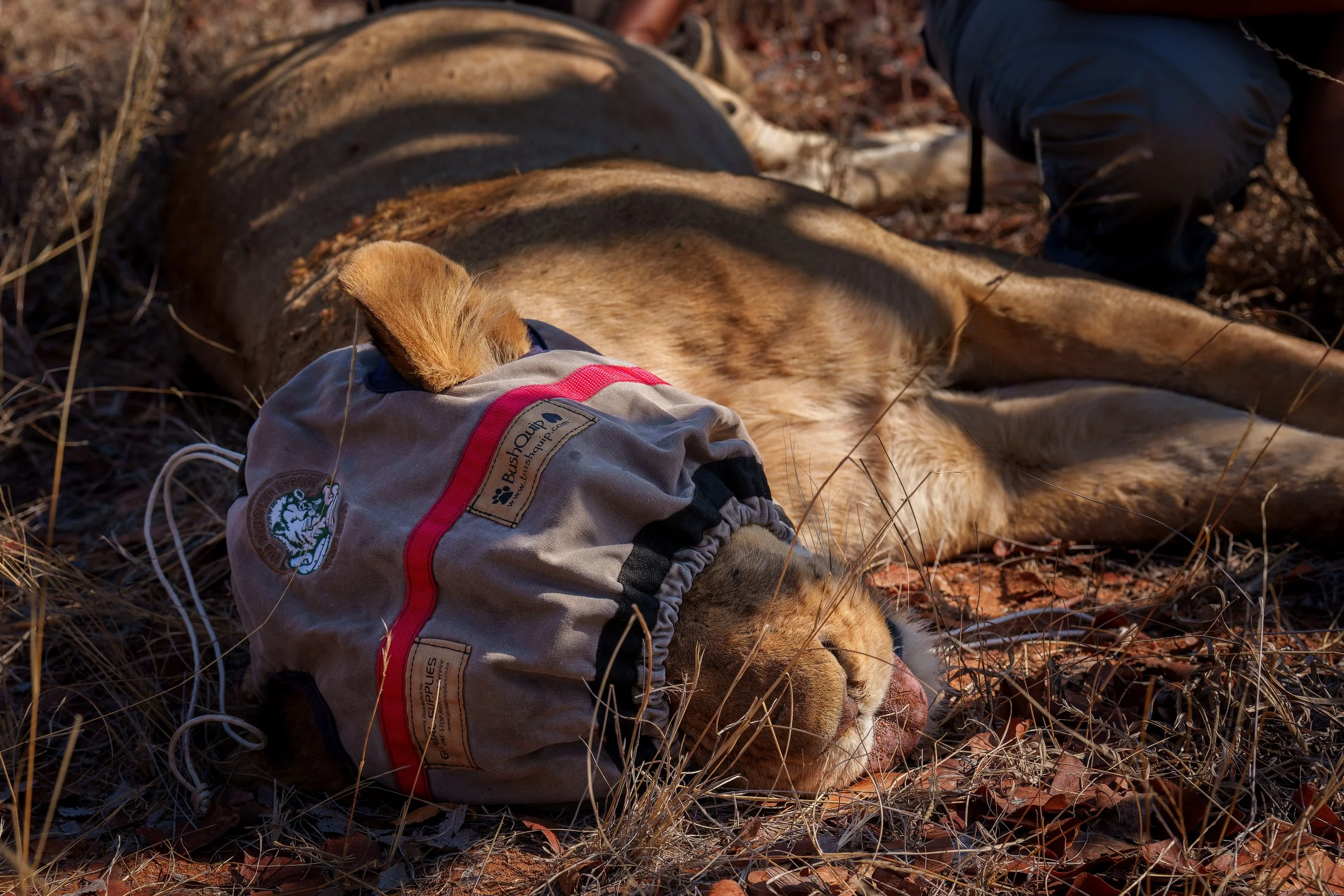


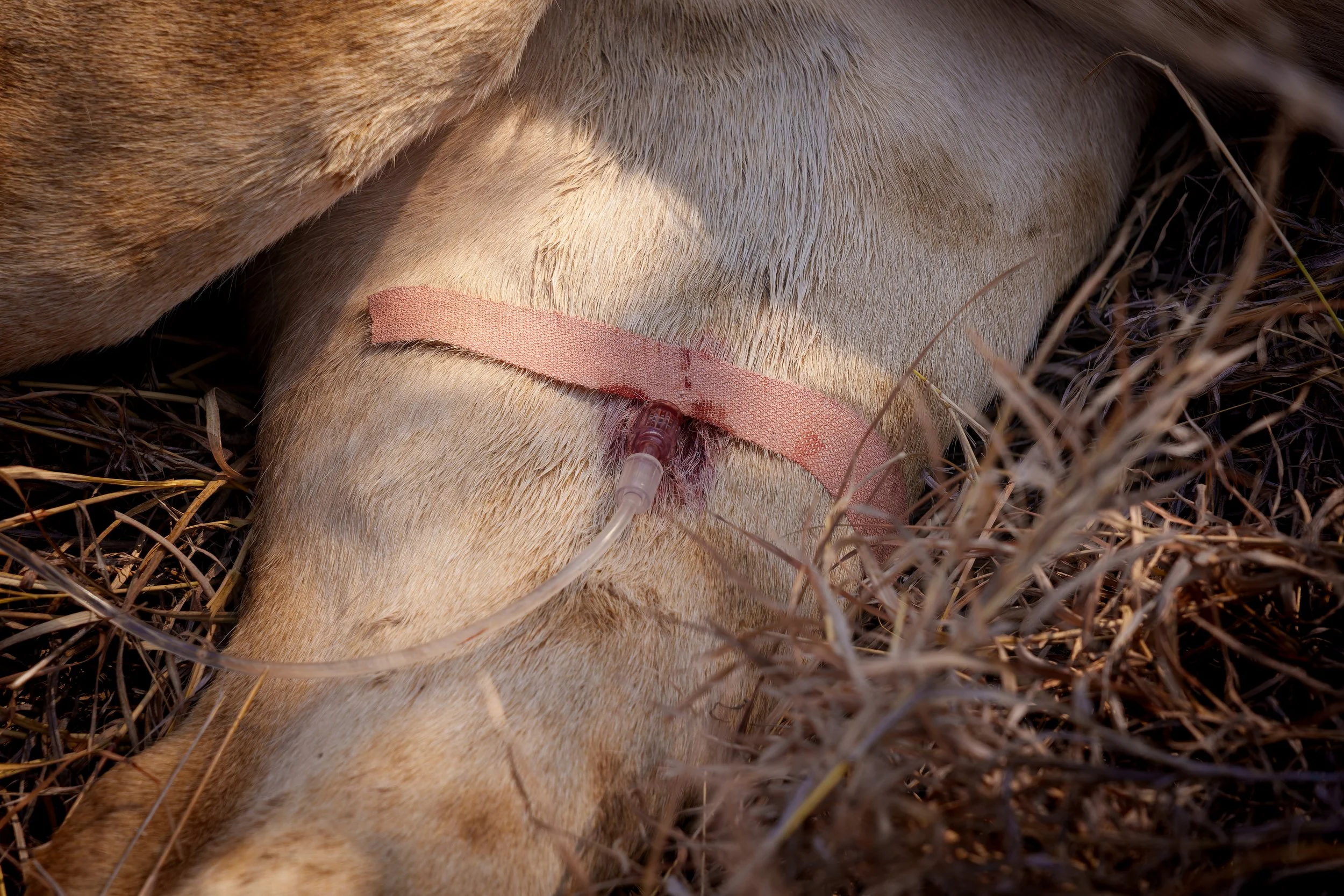







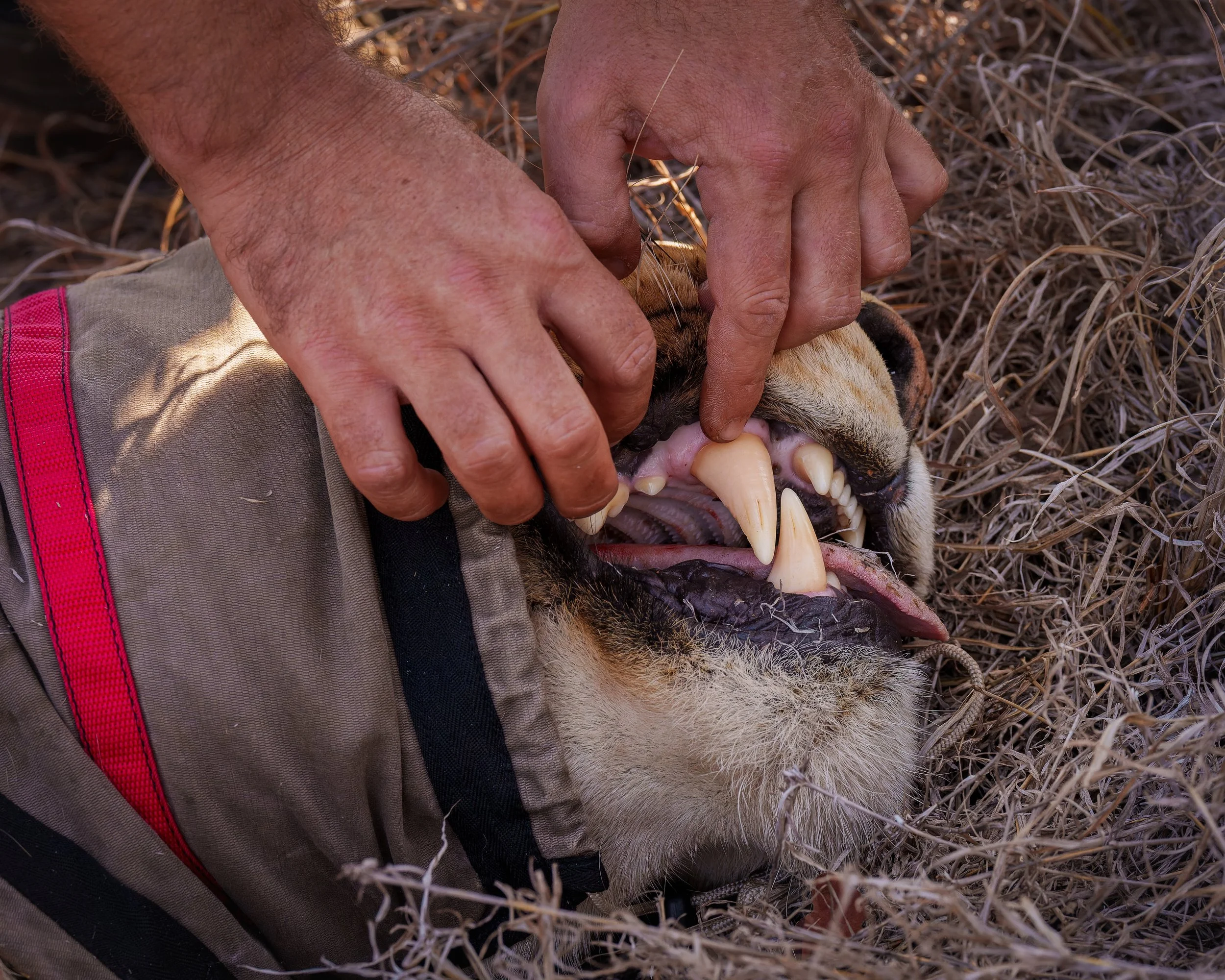
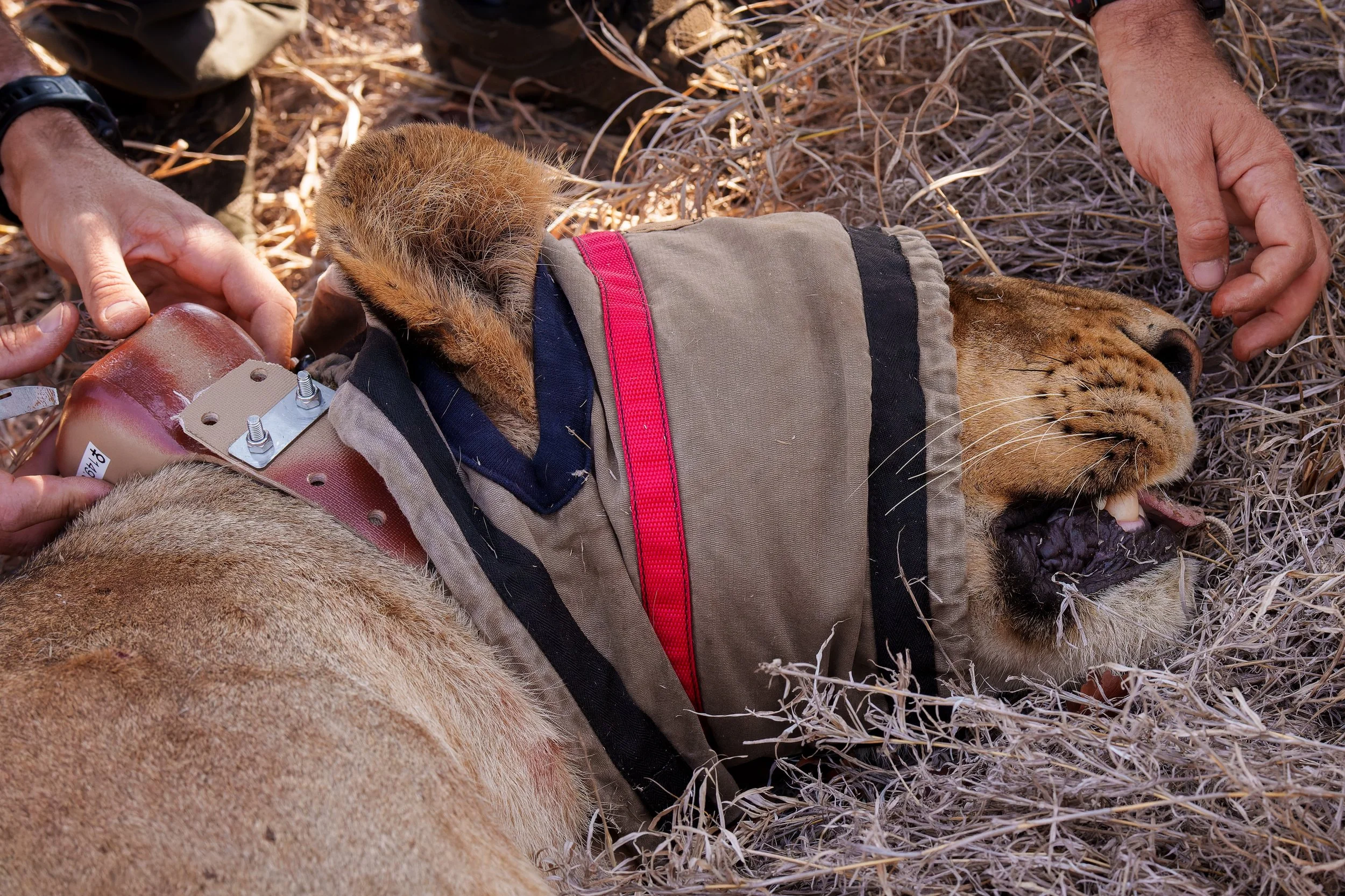

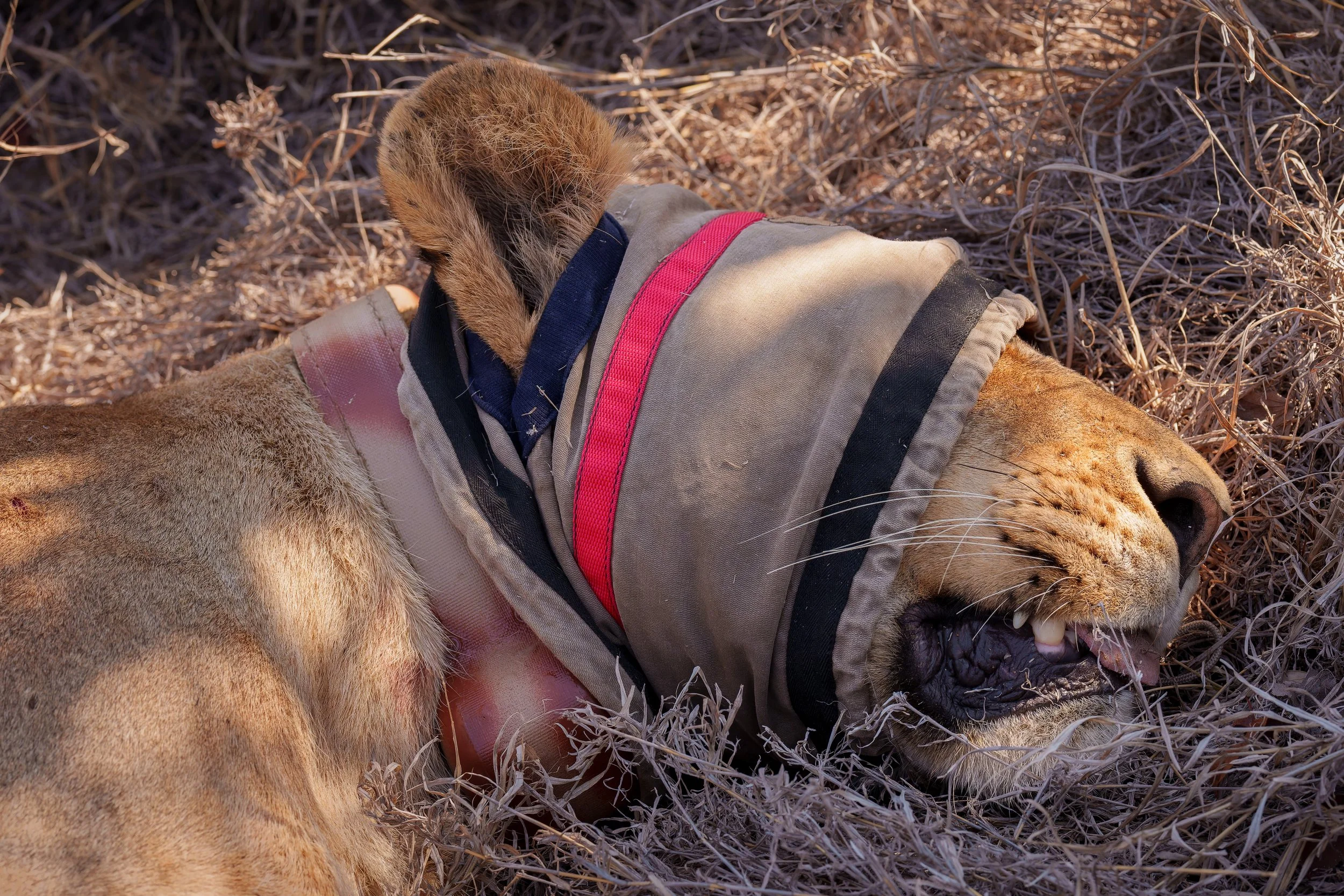

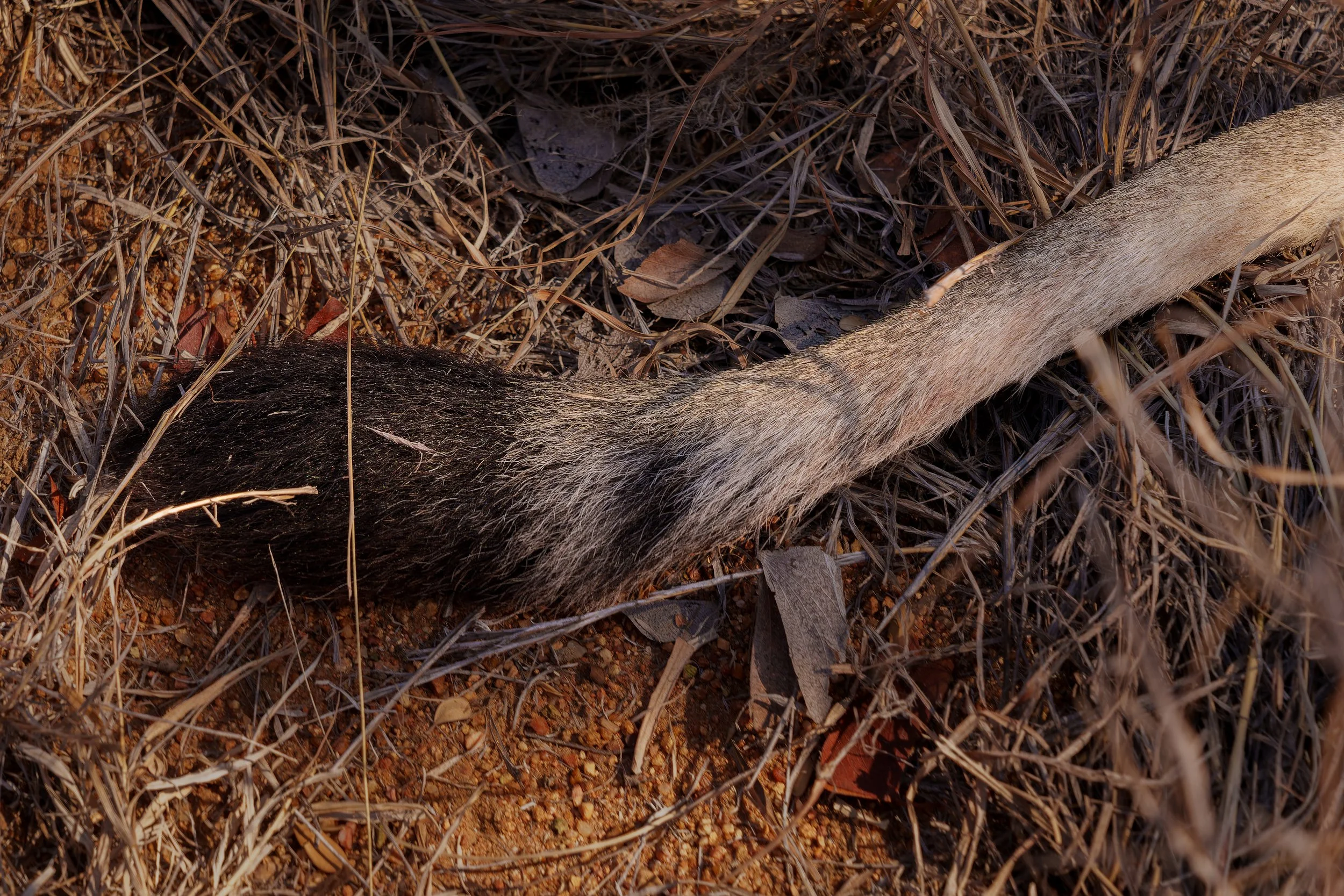
Why collar lions?
Understanding and protecting apex predators
Collaring lions in Kruger National Park is essential to understand their movements, behavior and the challenges they face. The data collected guides conservation efforts to combat poaching, poisoning, and human-wildlife conflict, ensuring better protection for each pride. By monitoring these apex predators we not only protect individual lions, but also safeguard the balance of the entire ecosystem.
This important work is a collaboration between the EWT carnivore team, SANParks and Wildscapes veterinarians.















